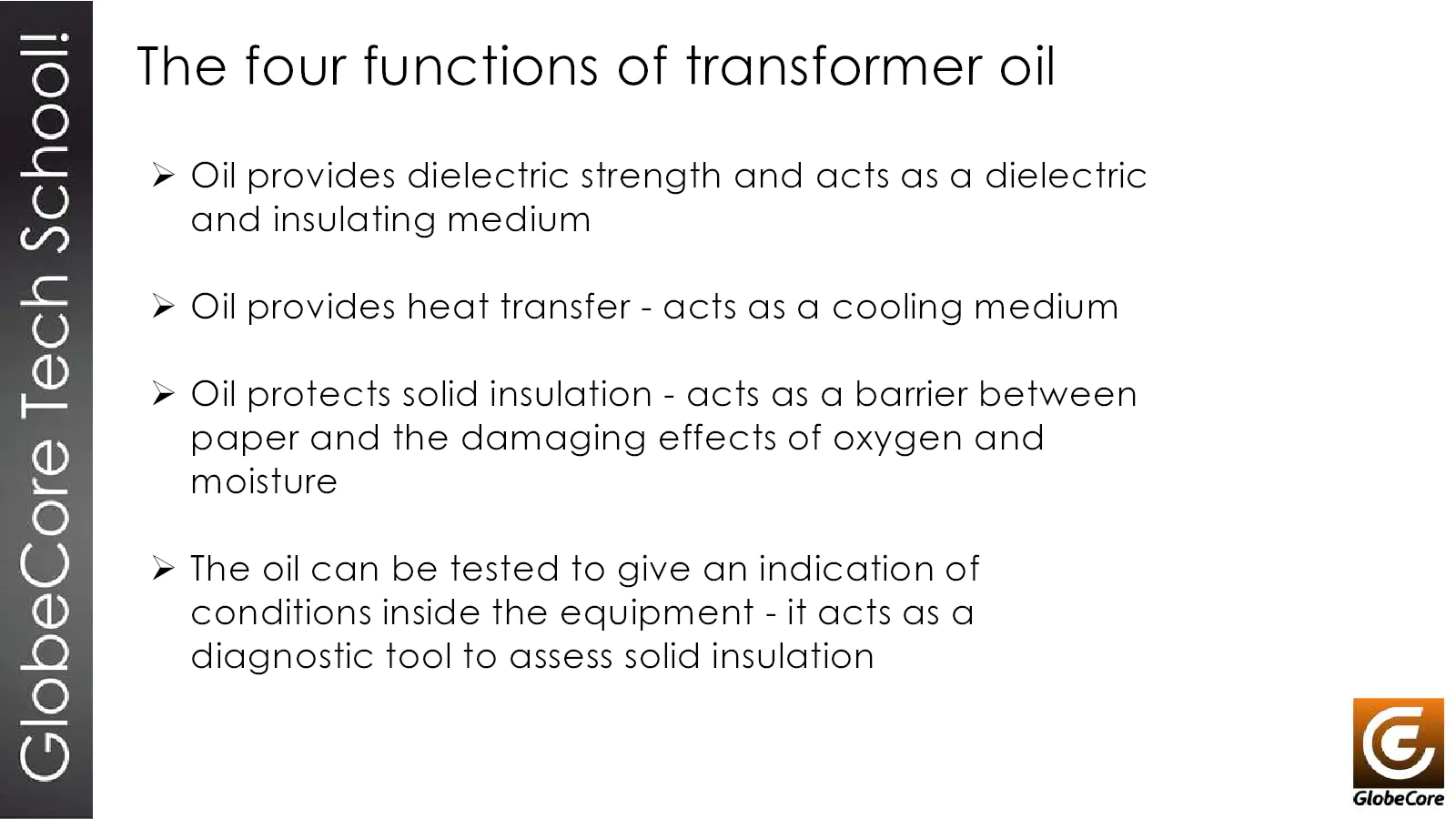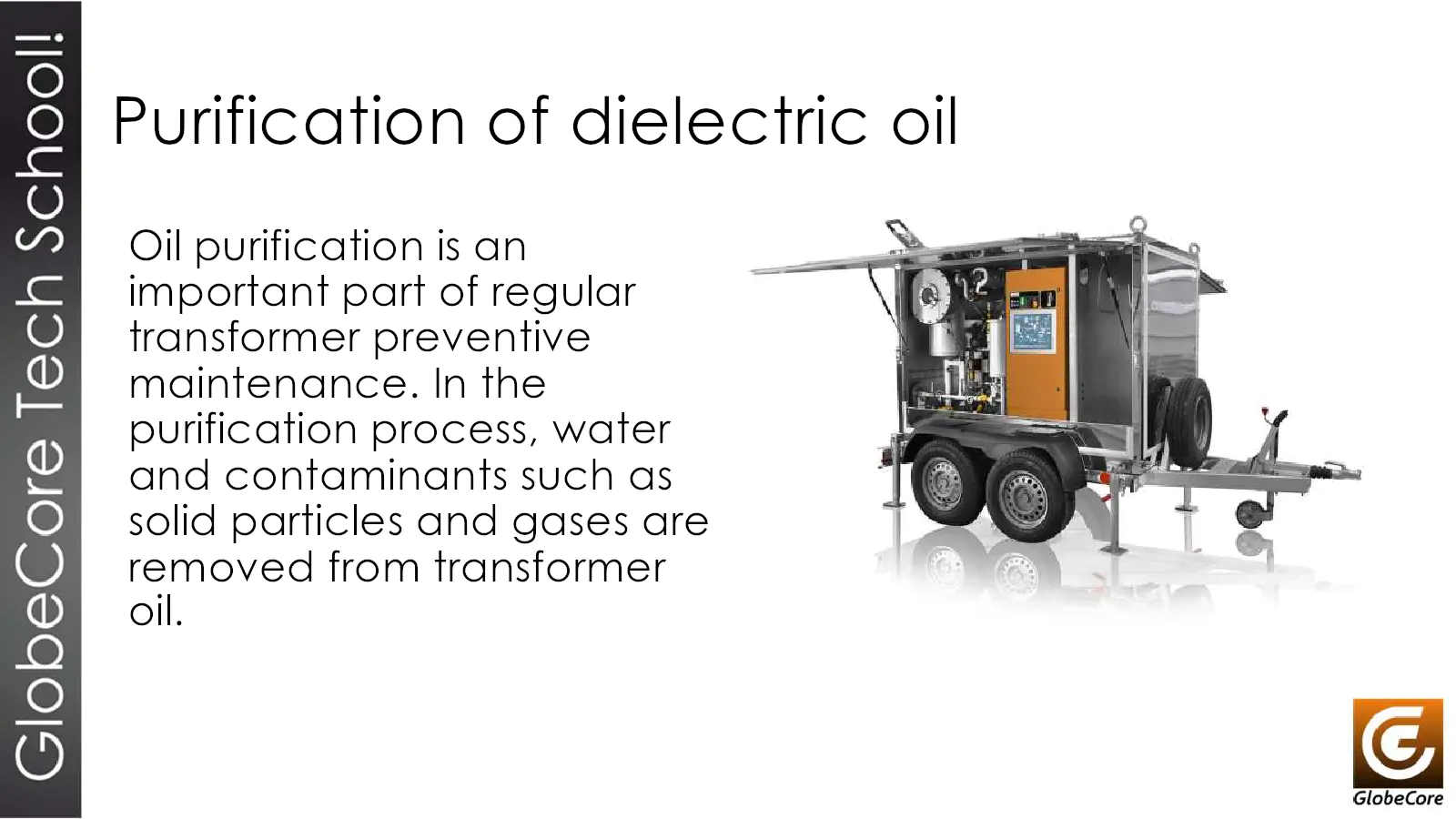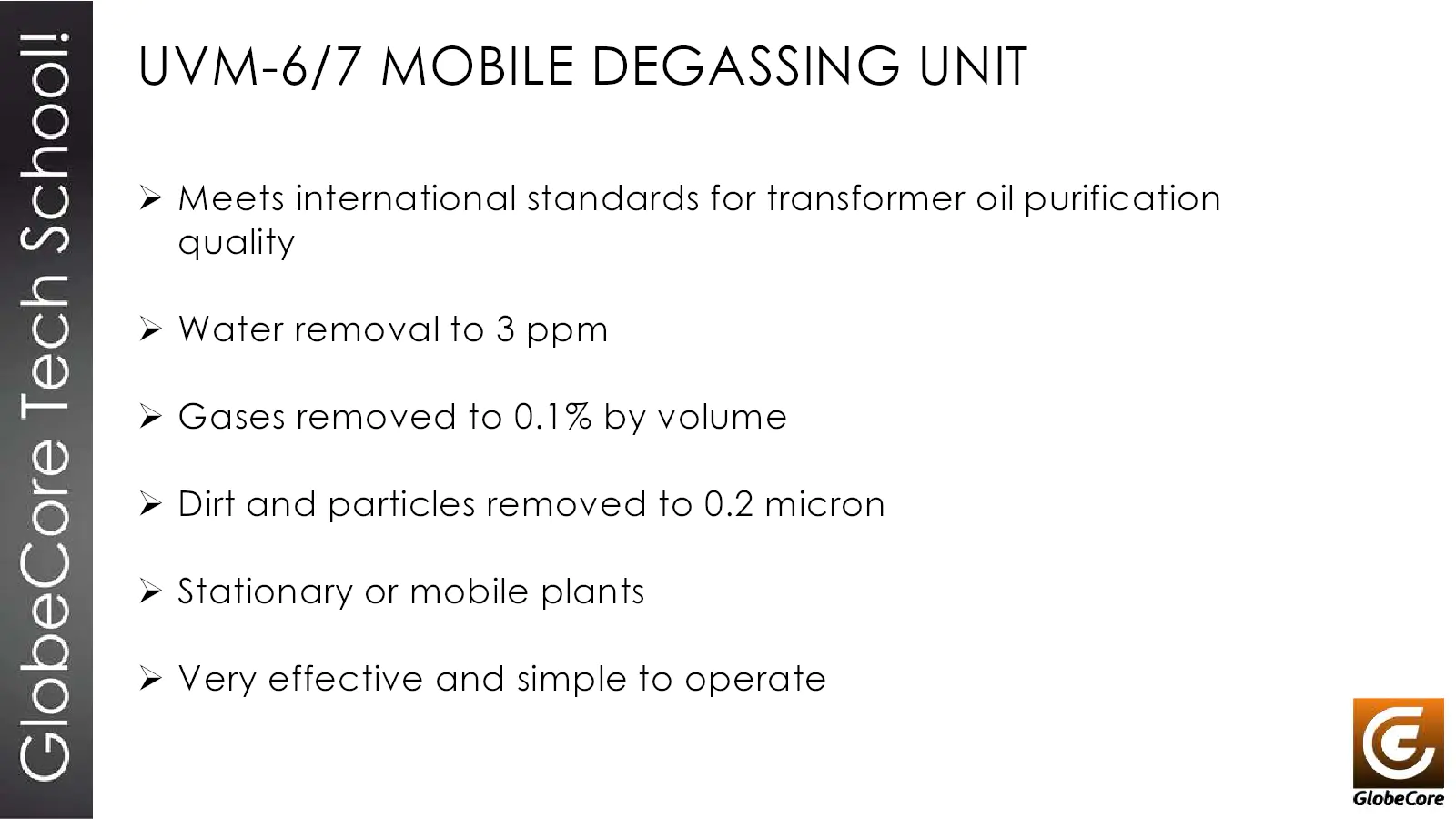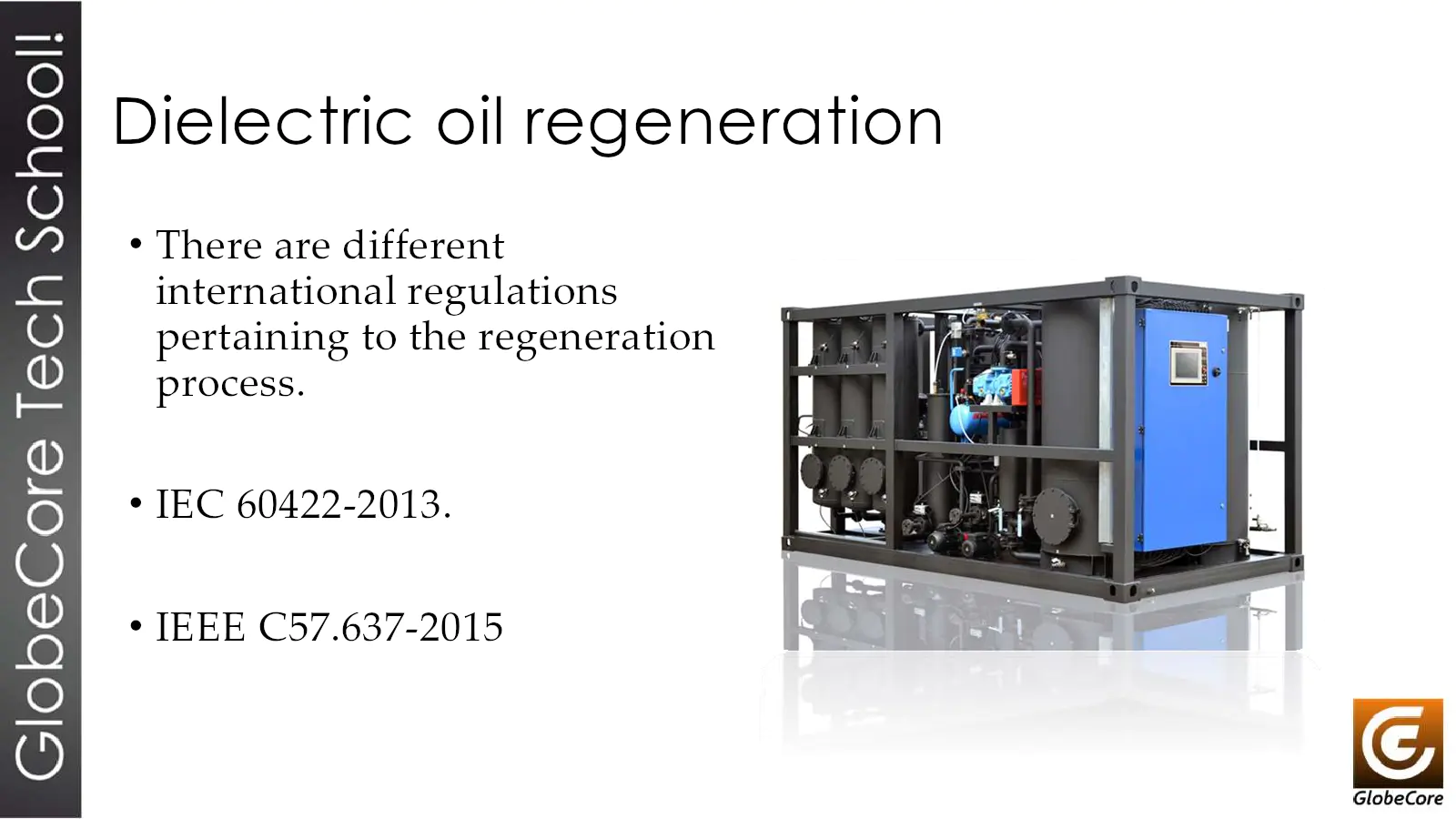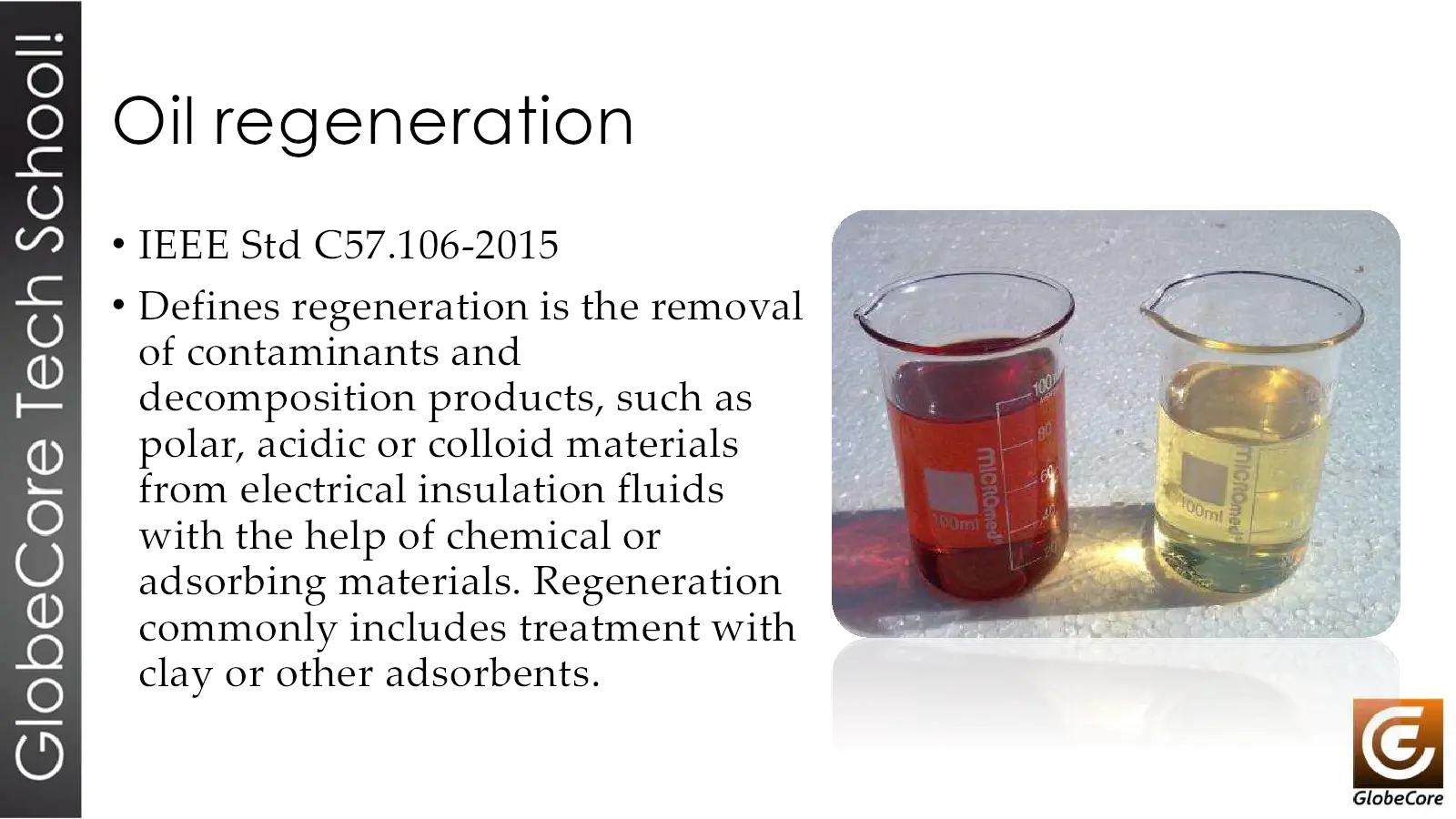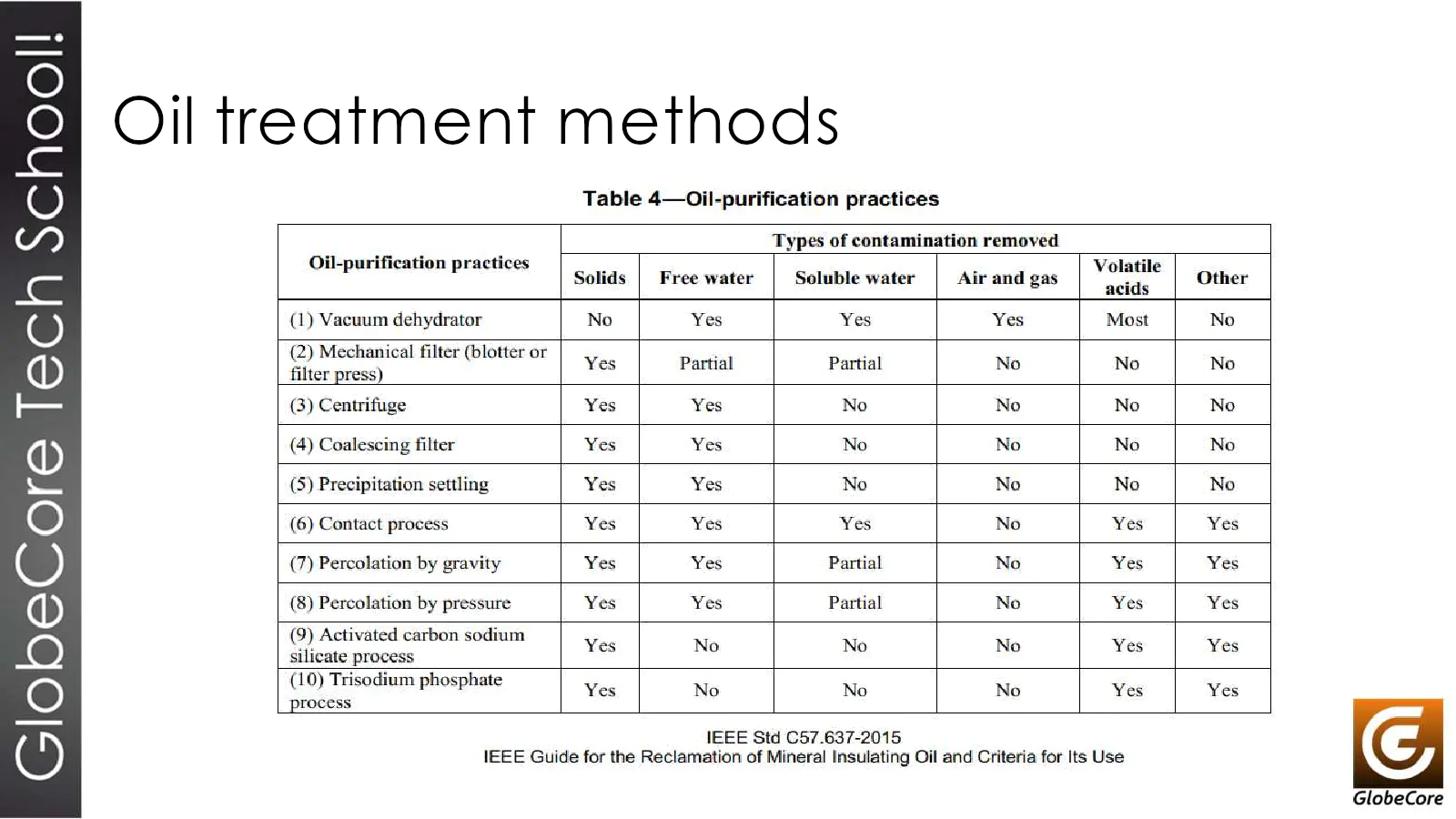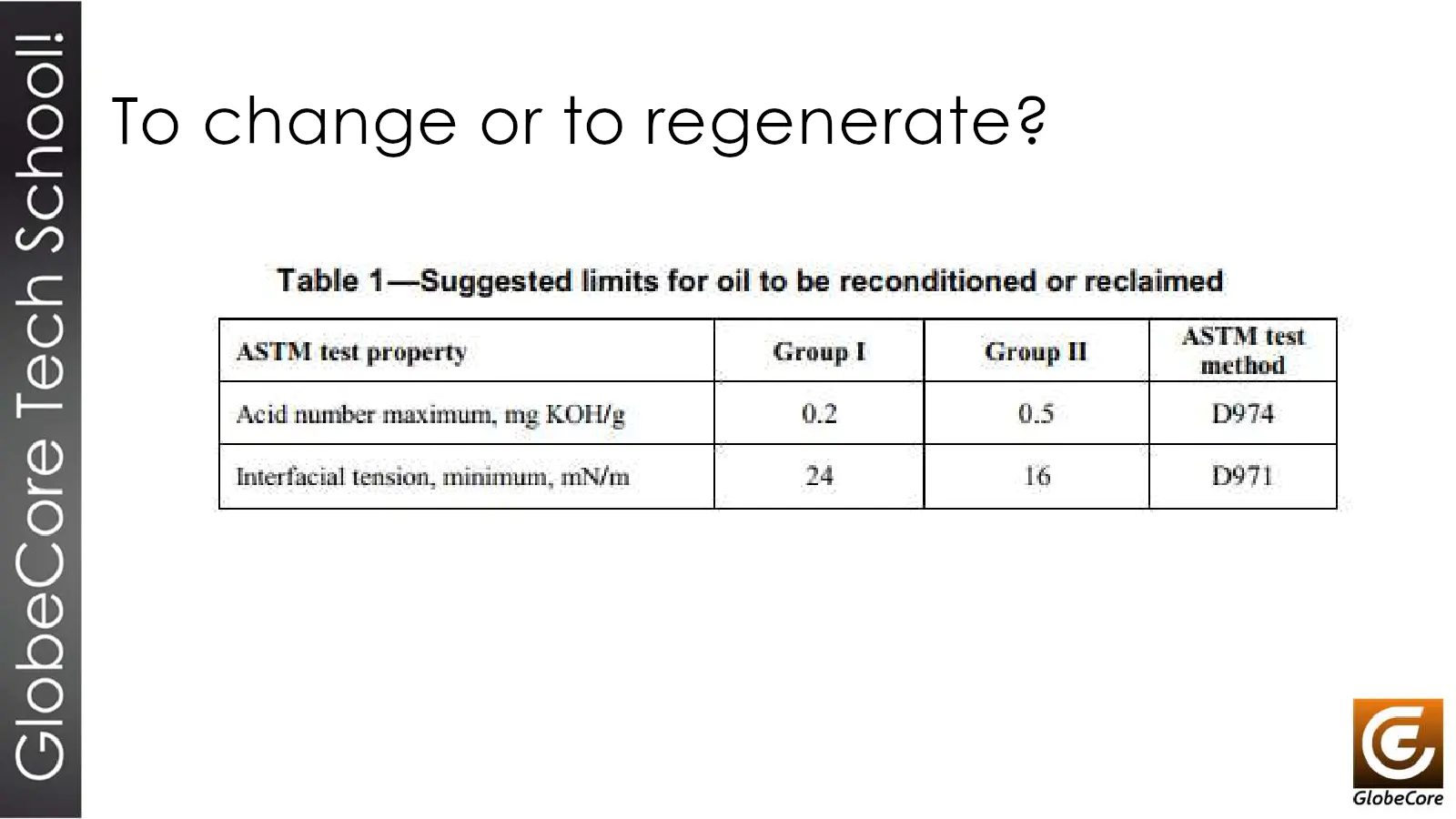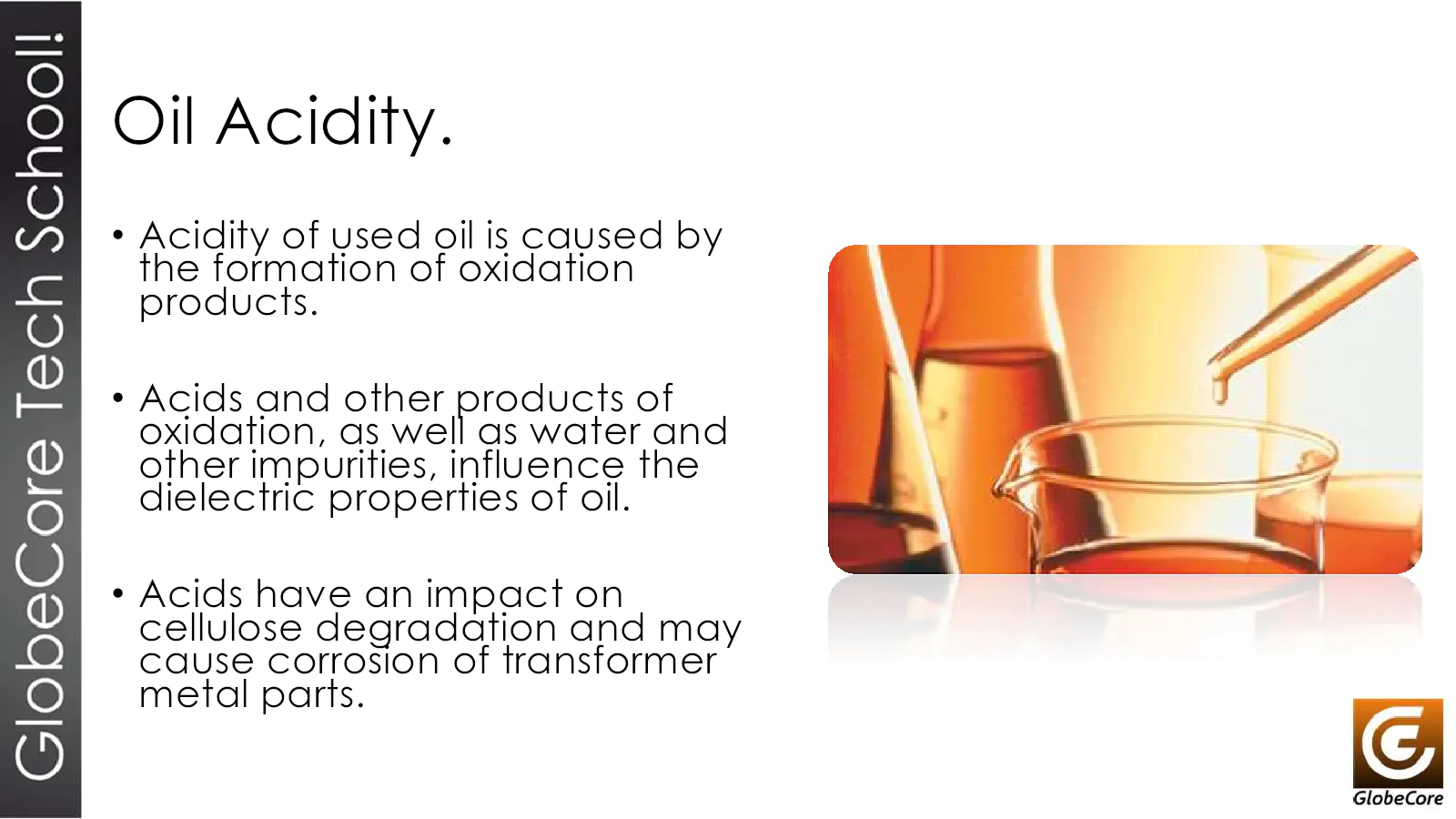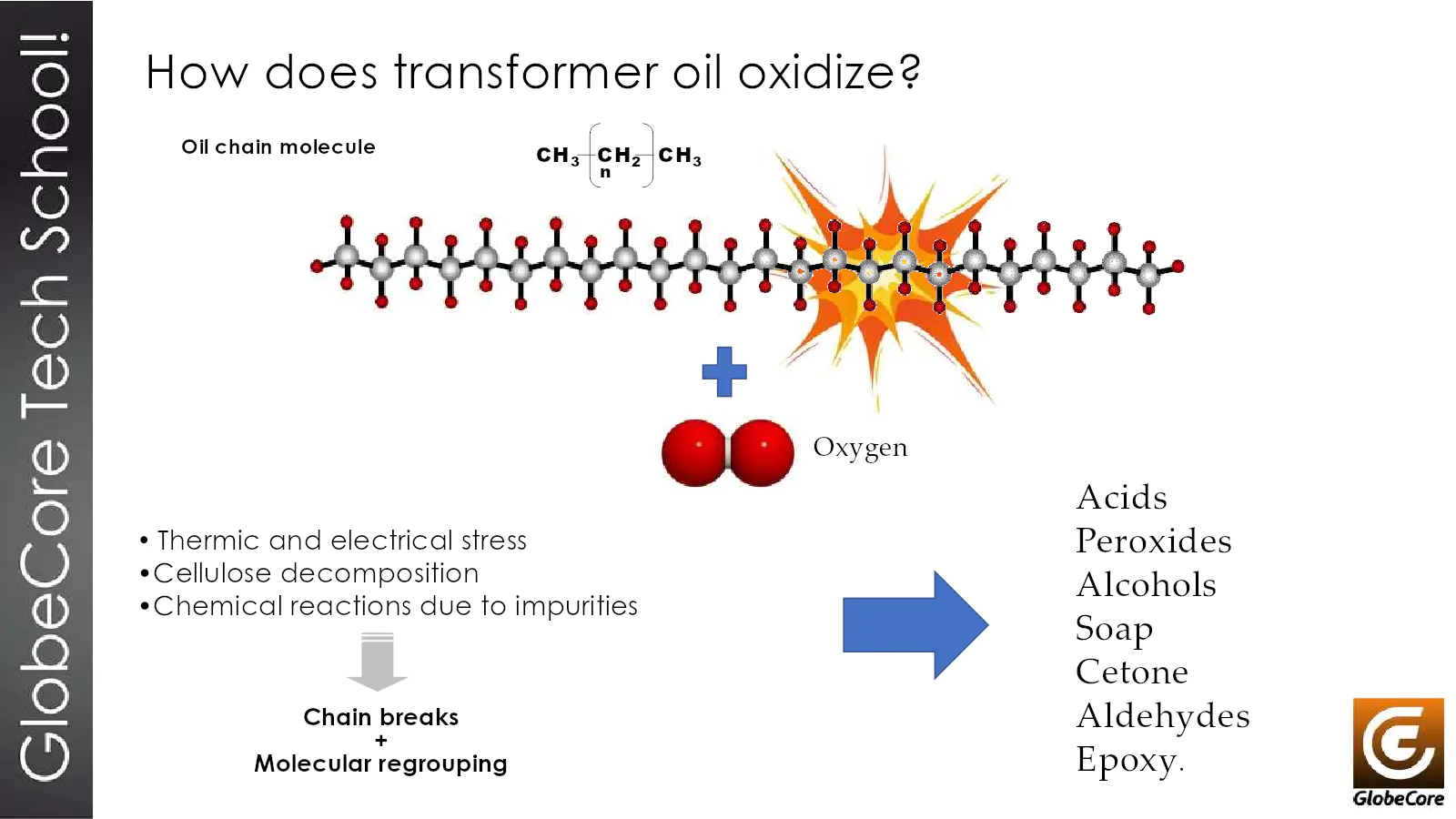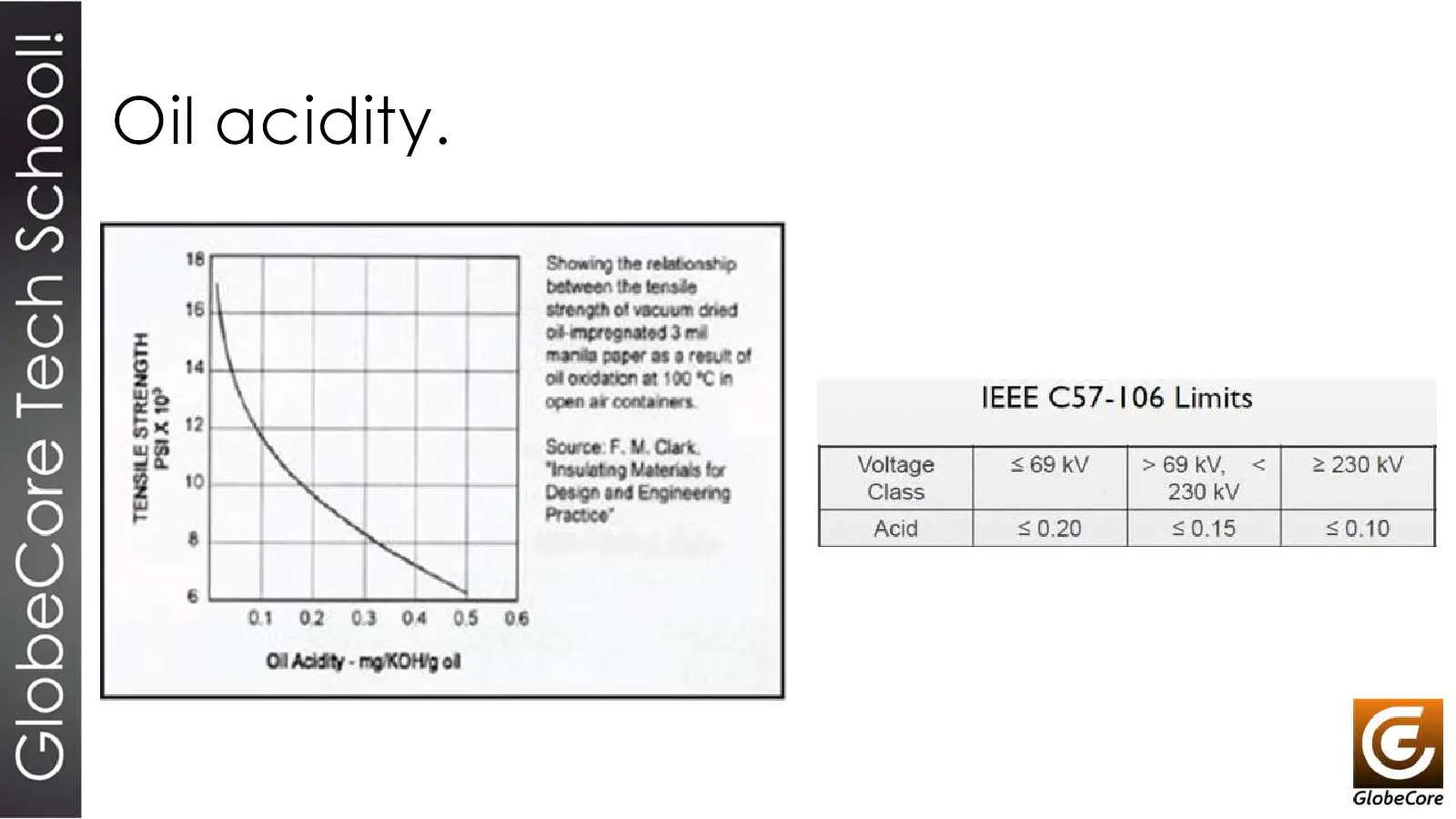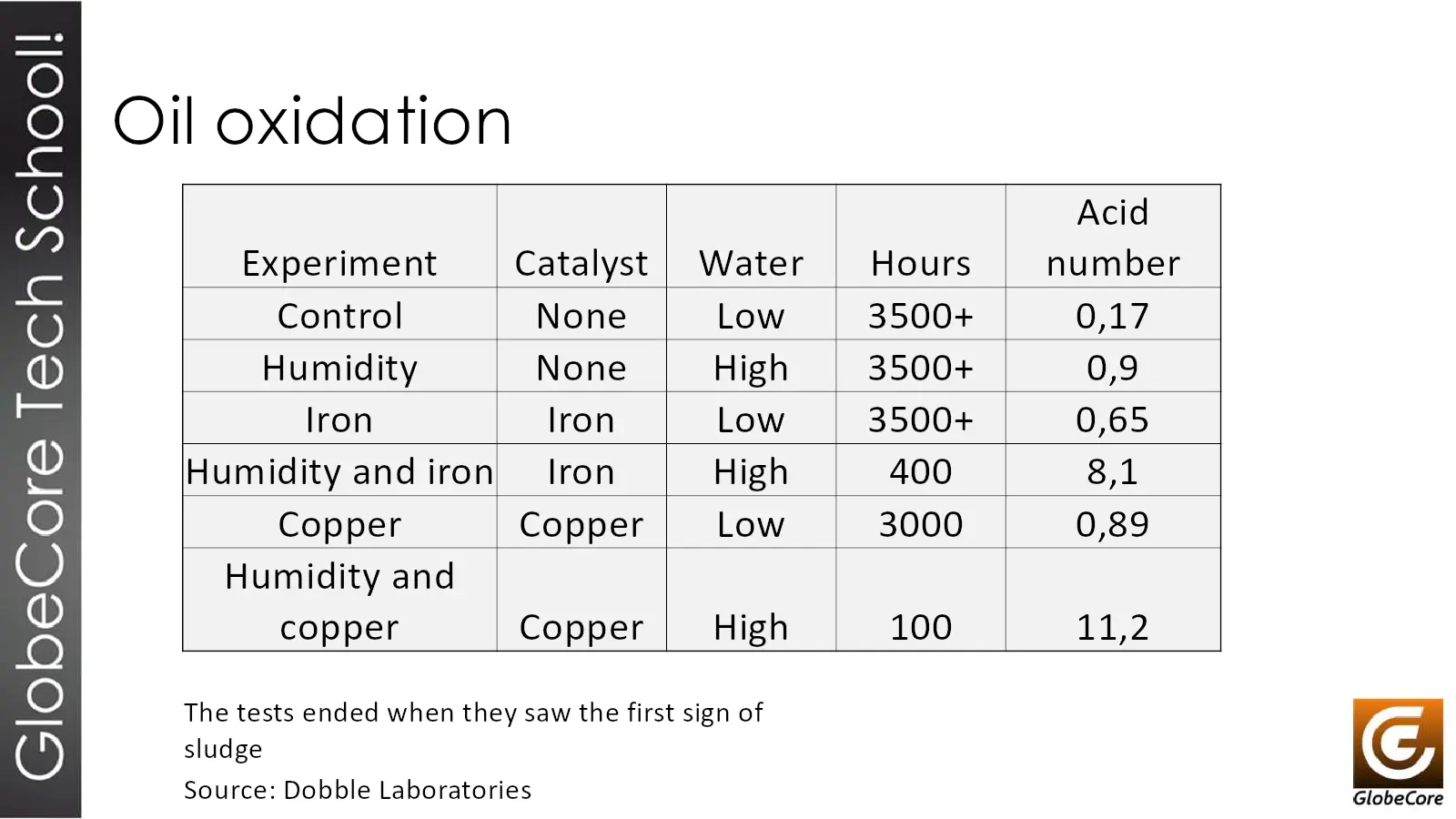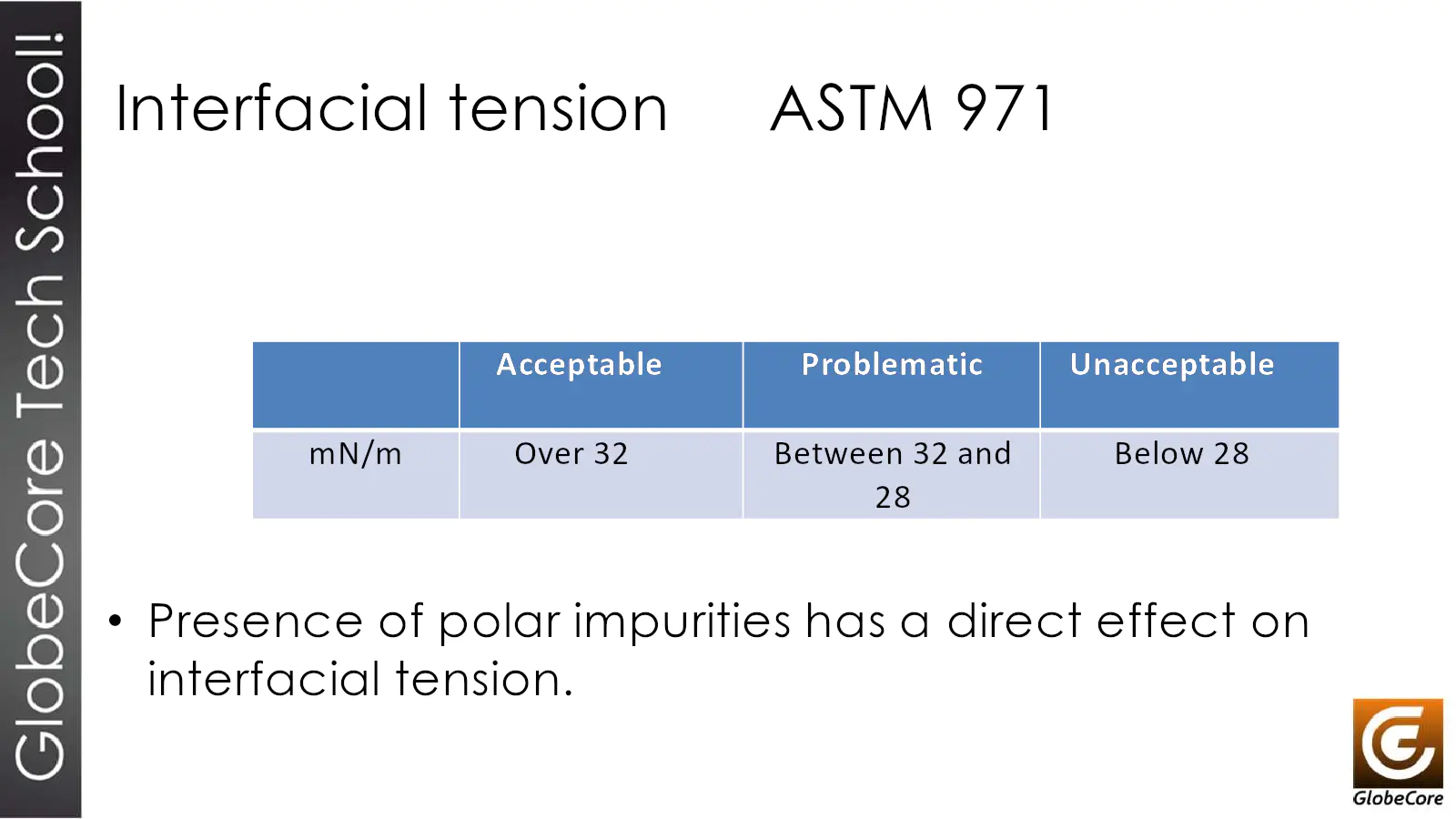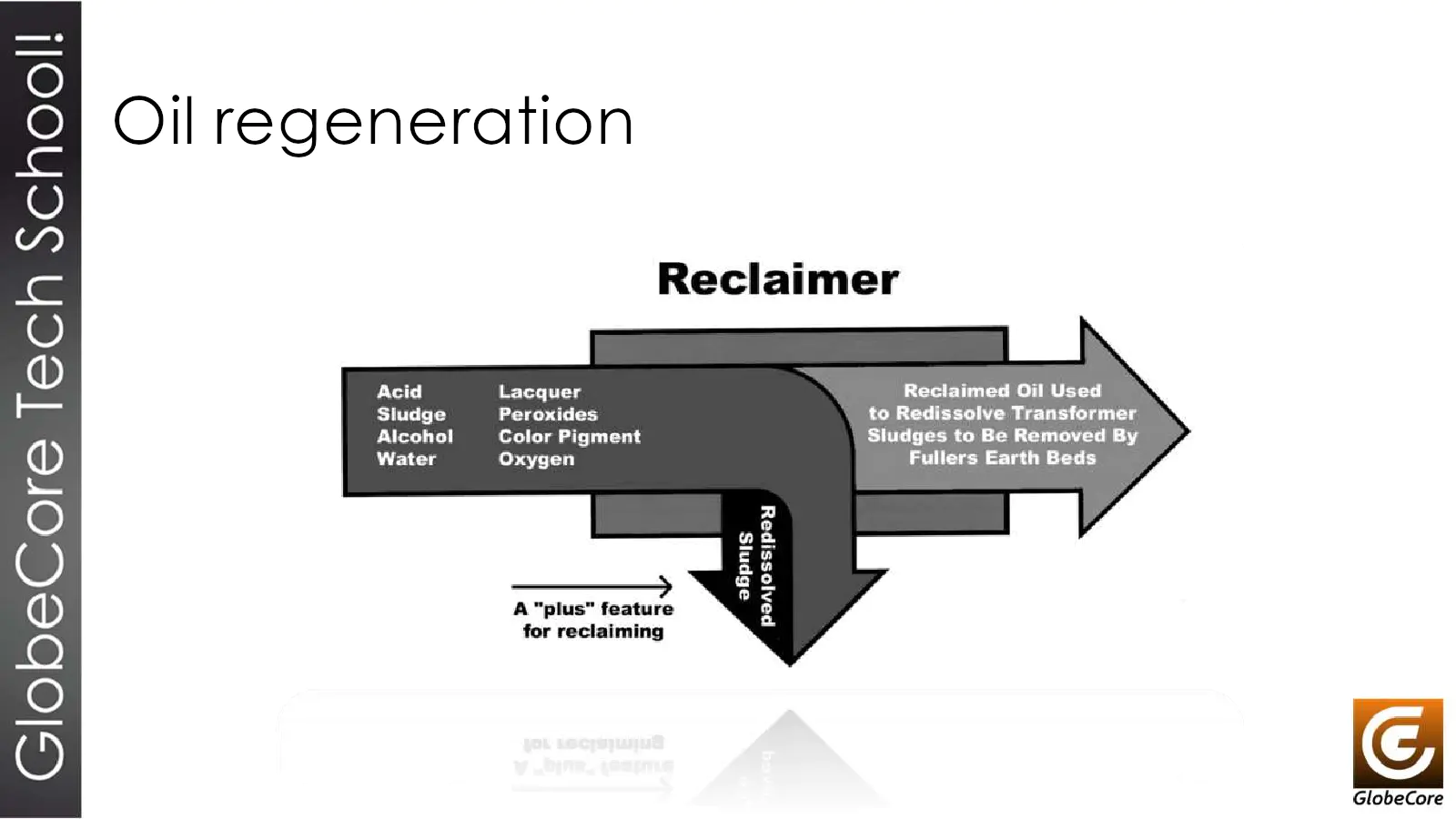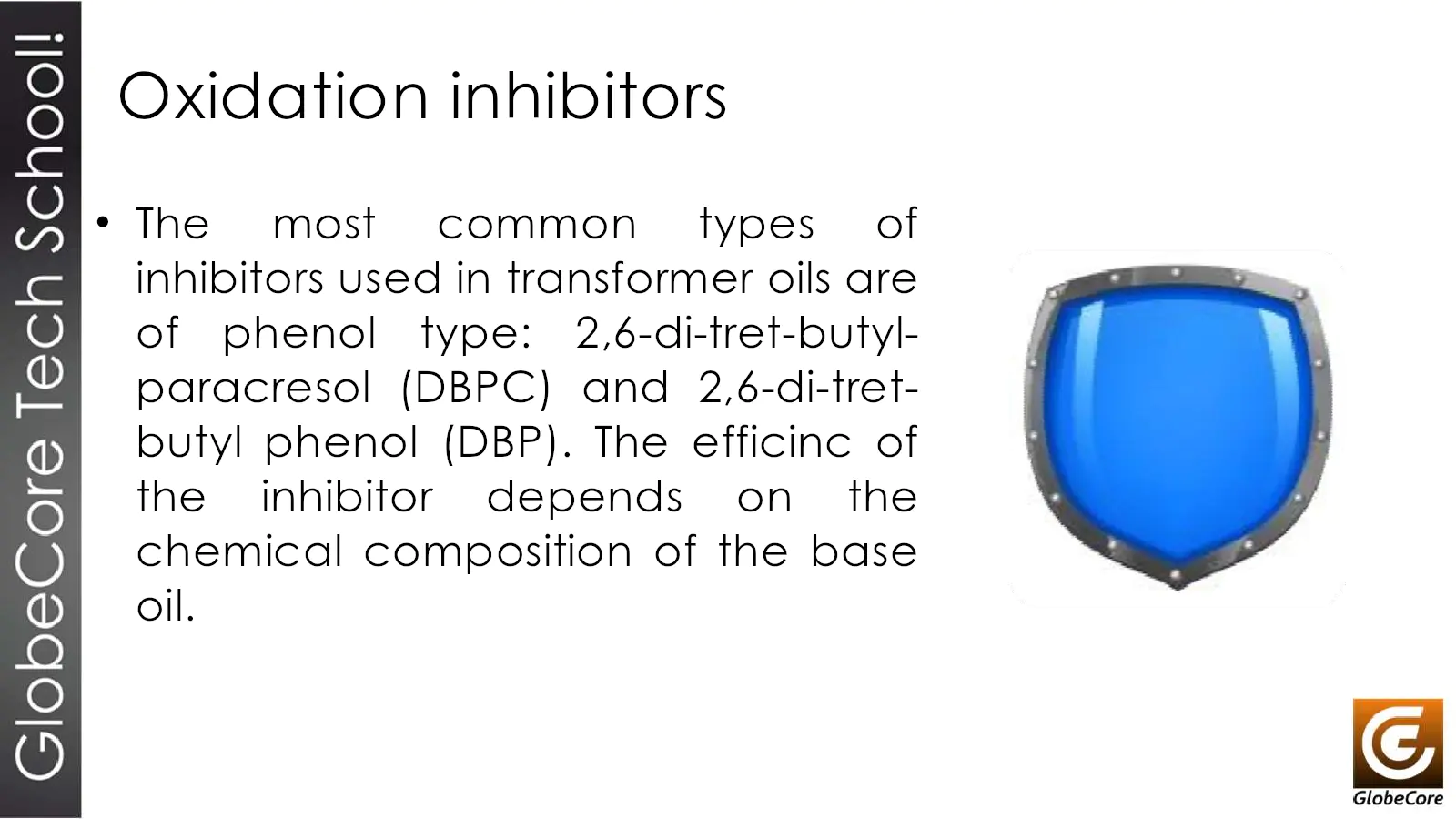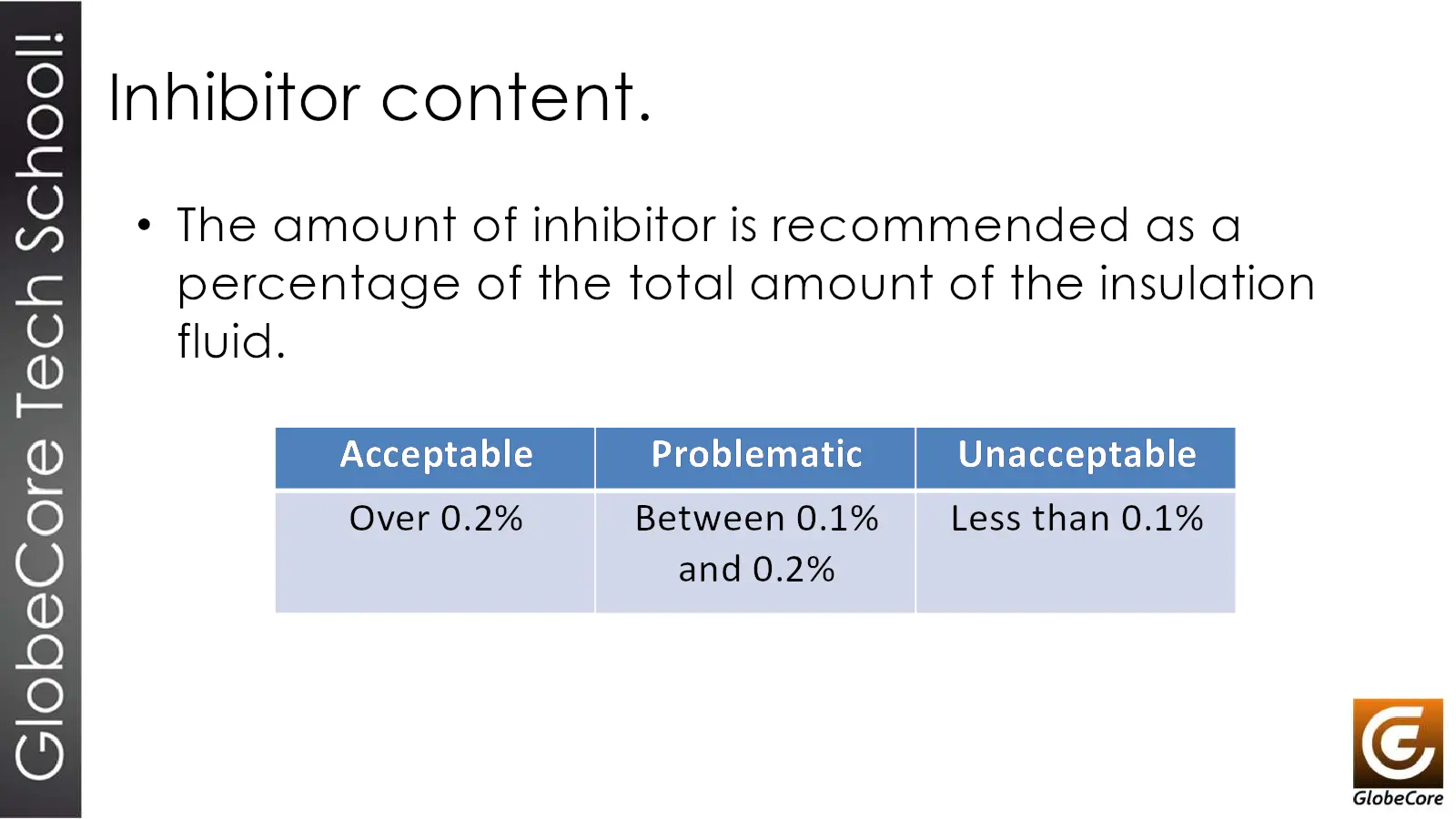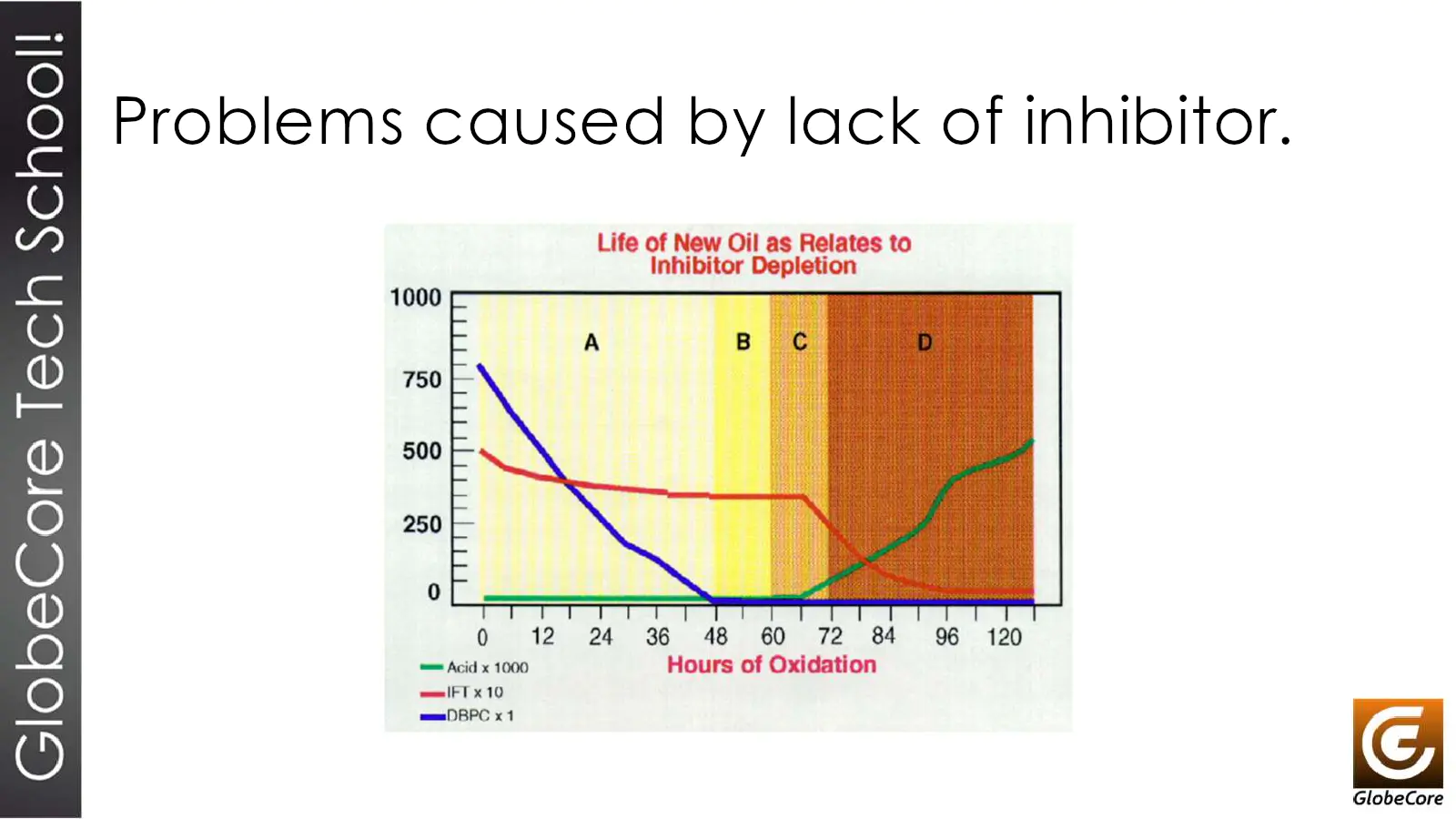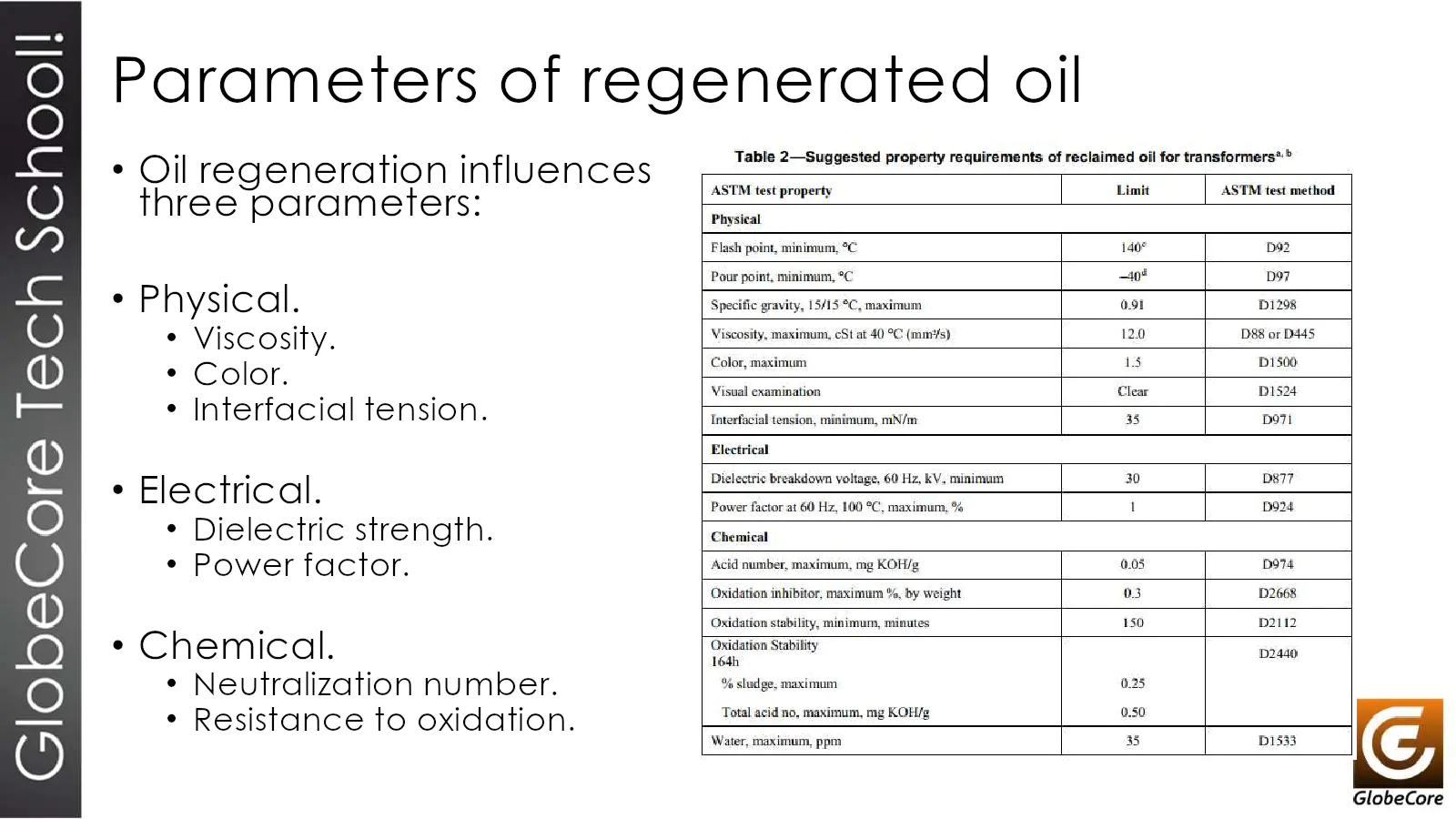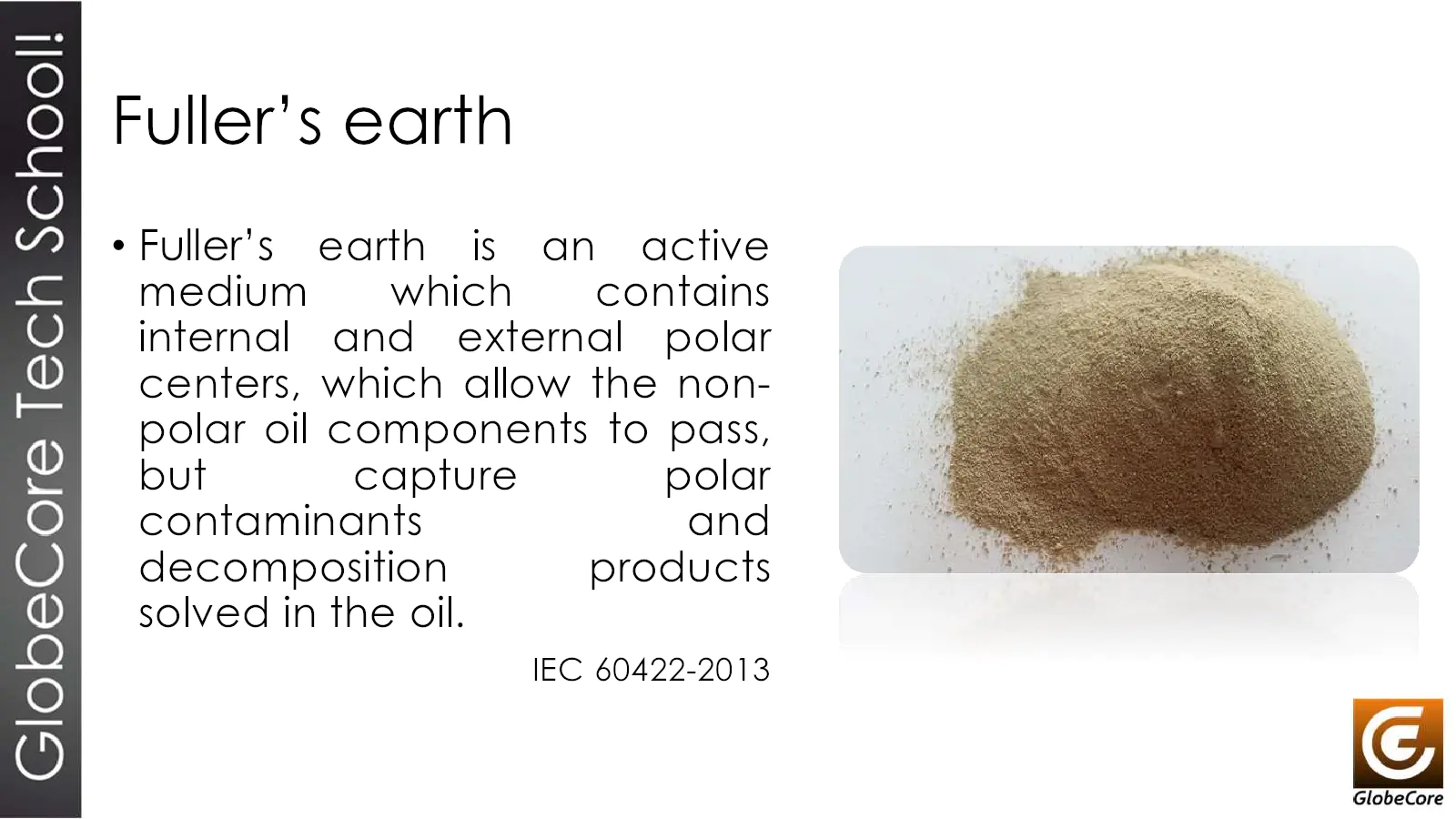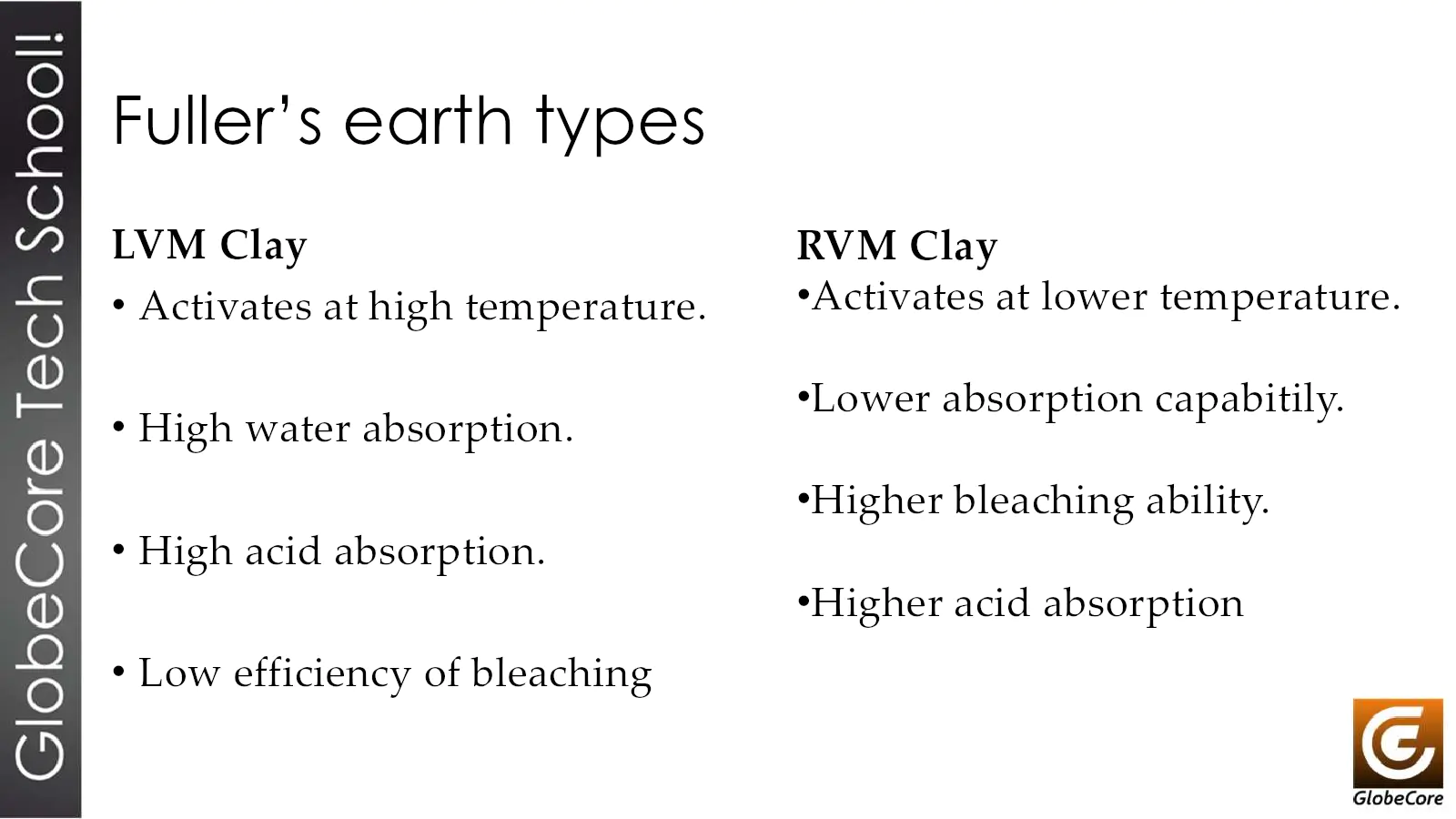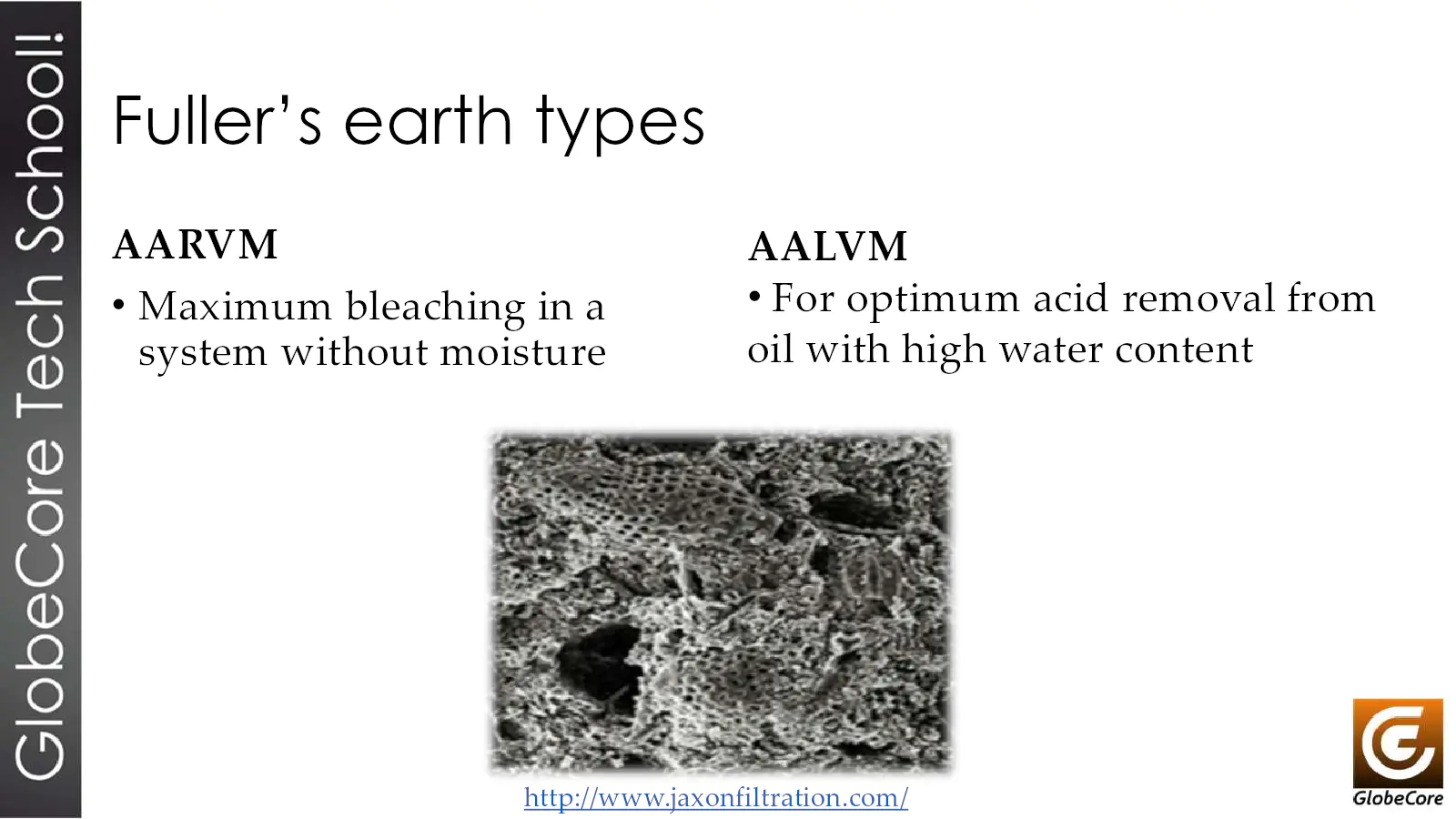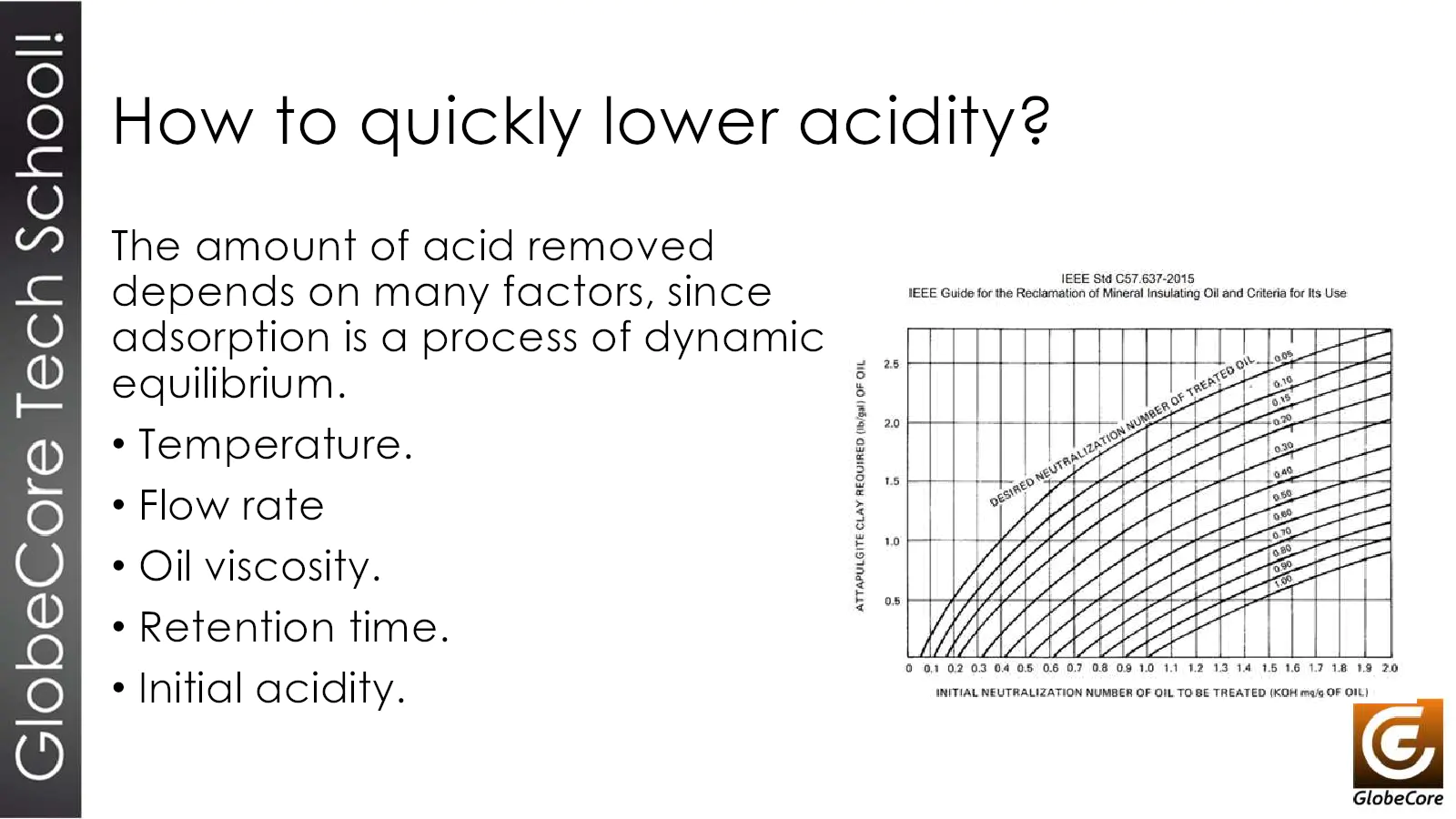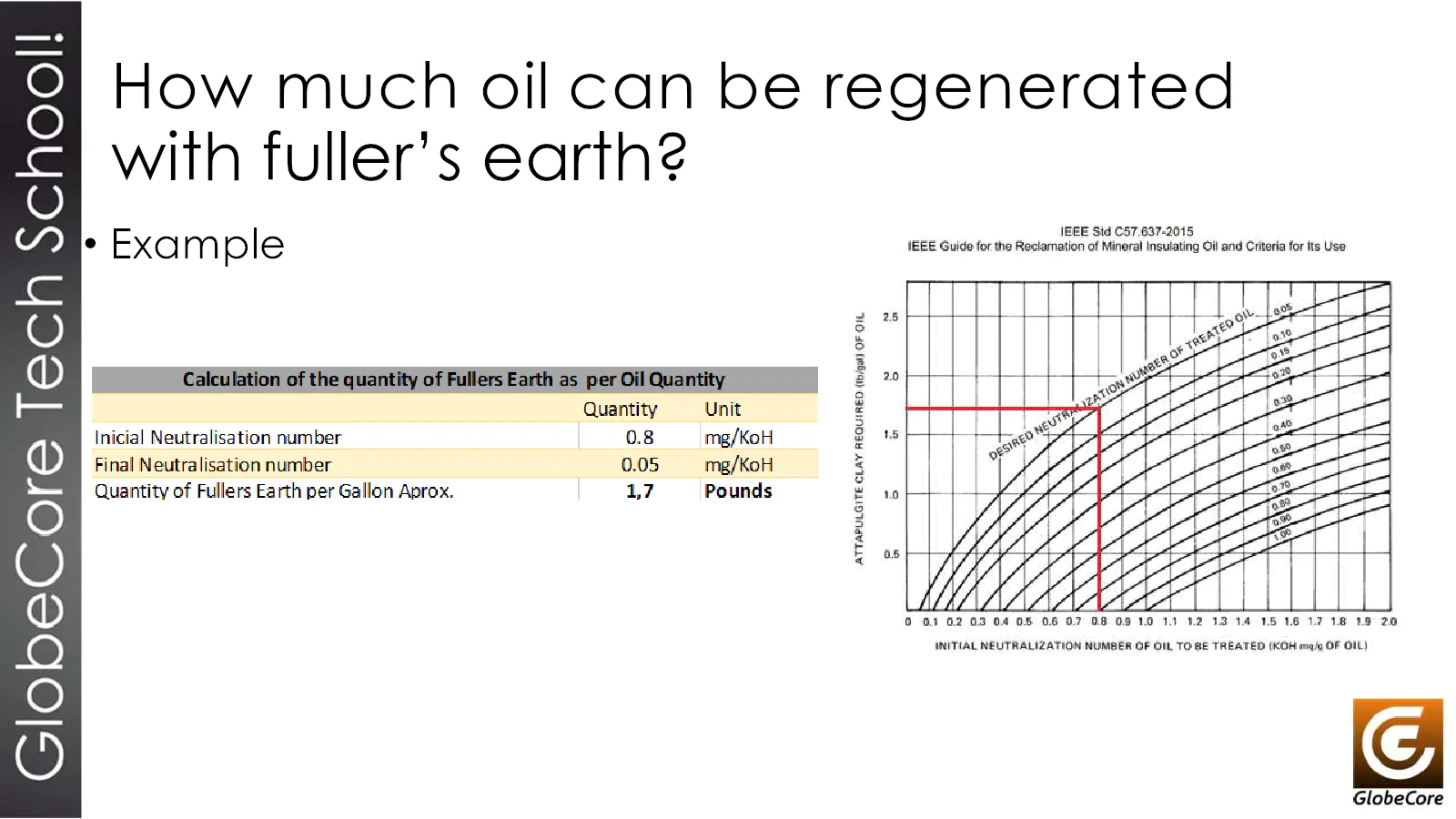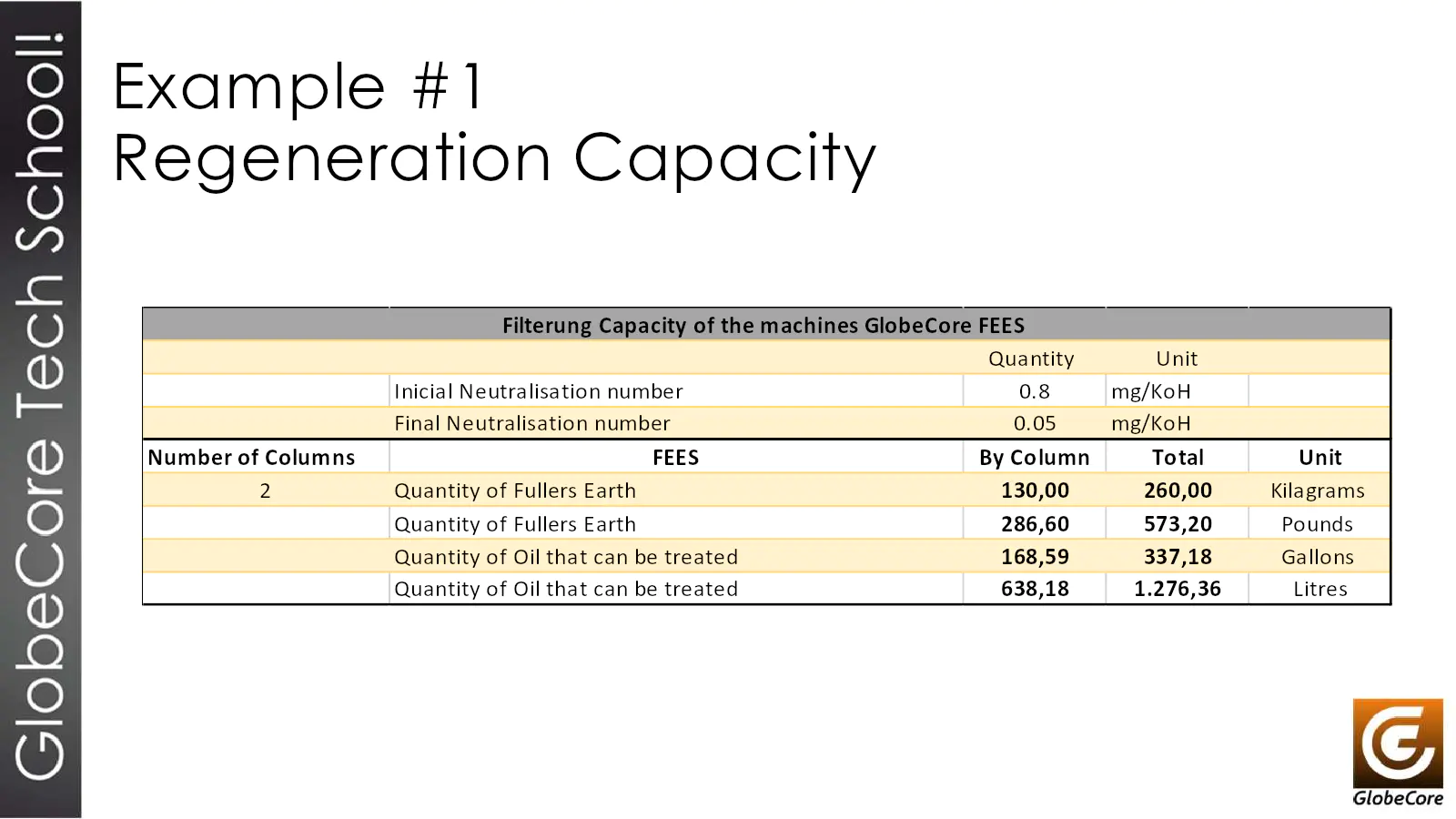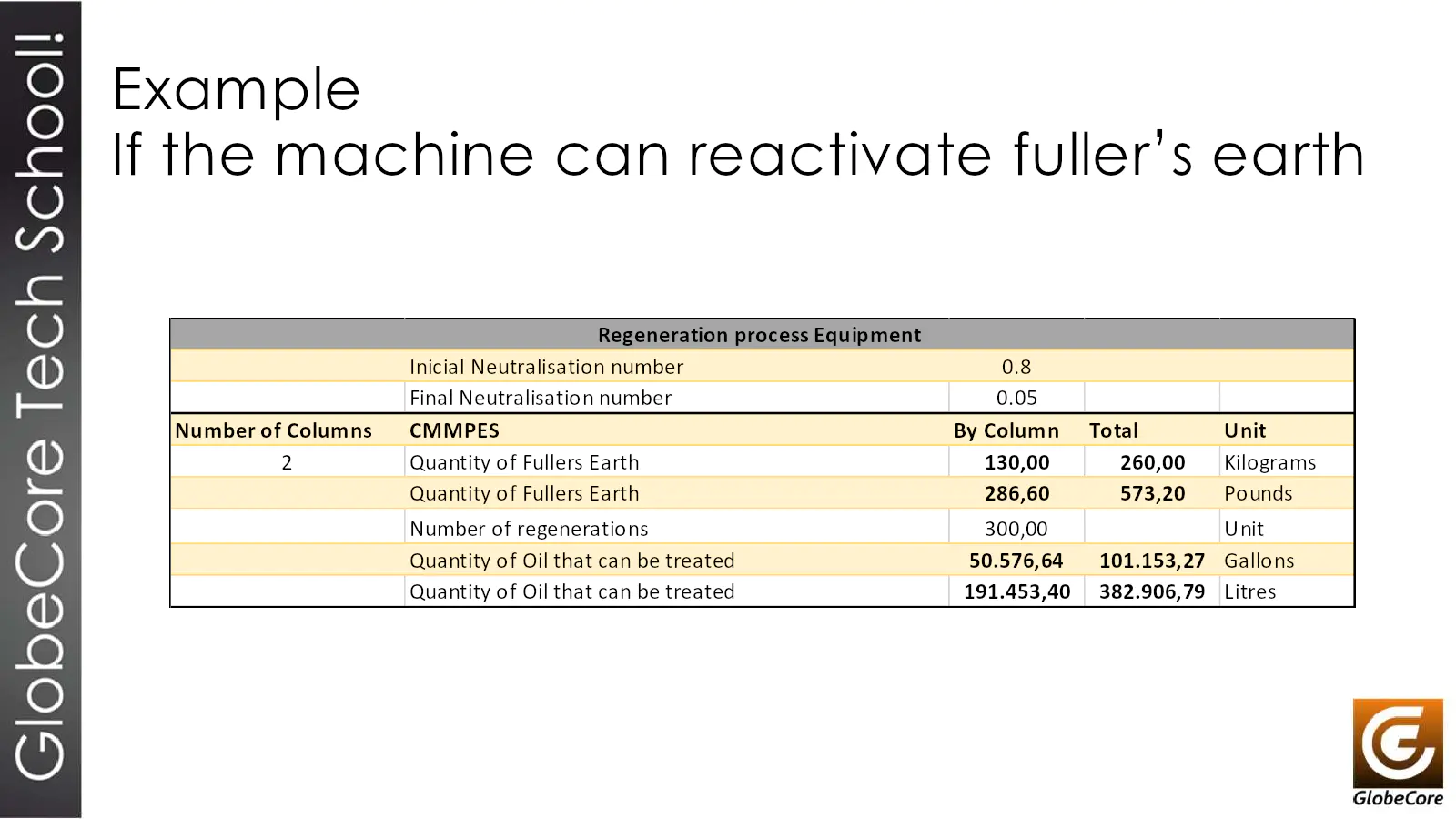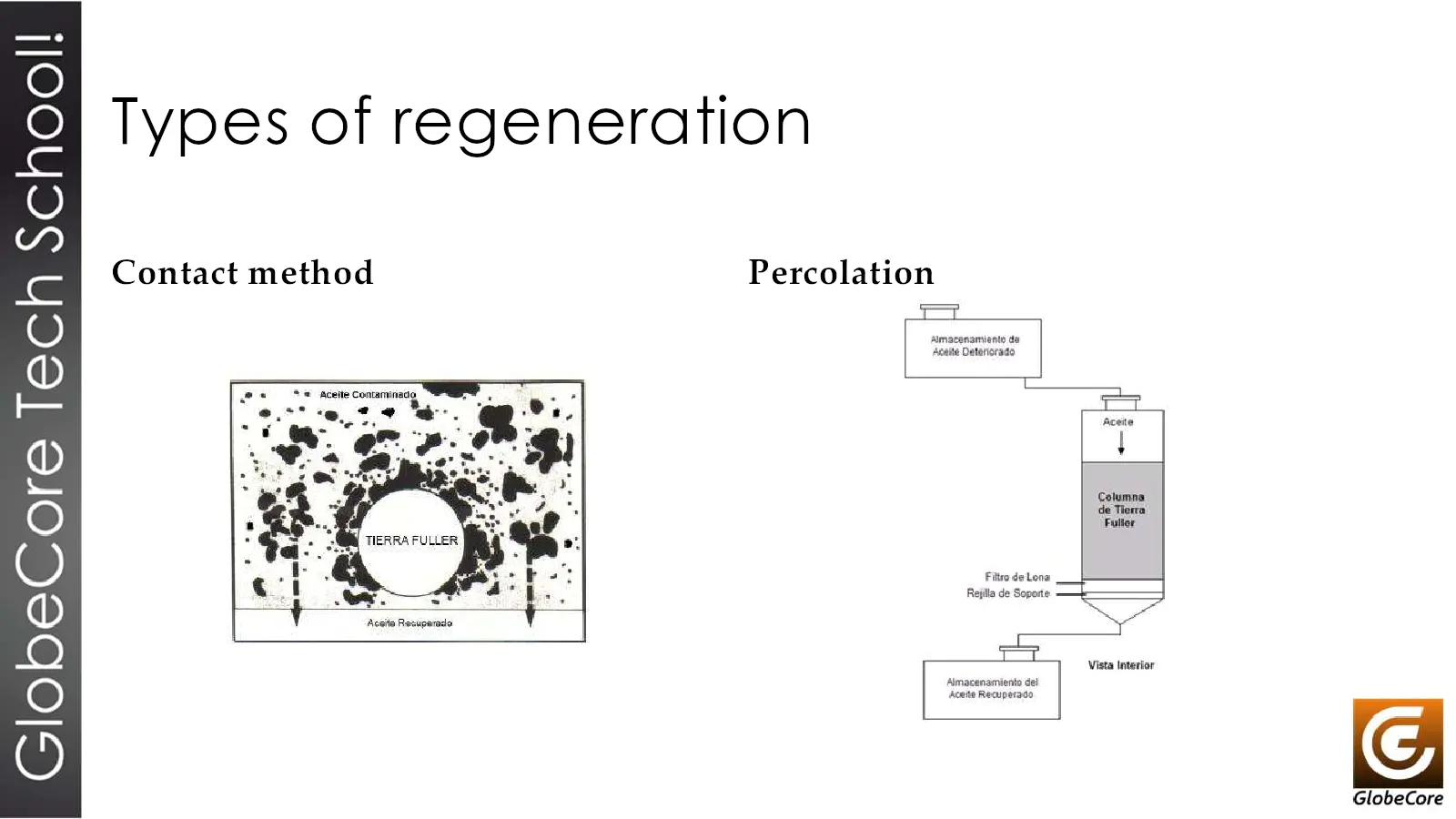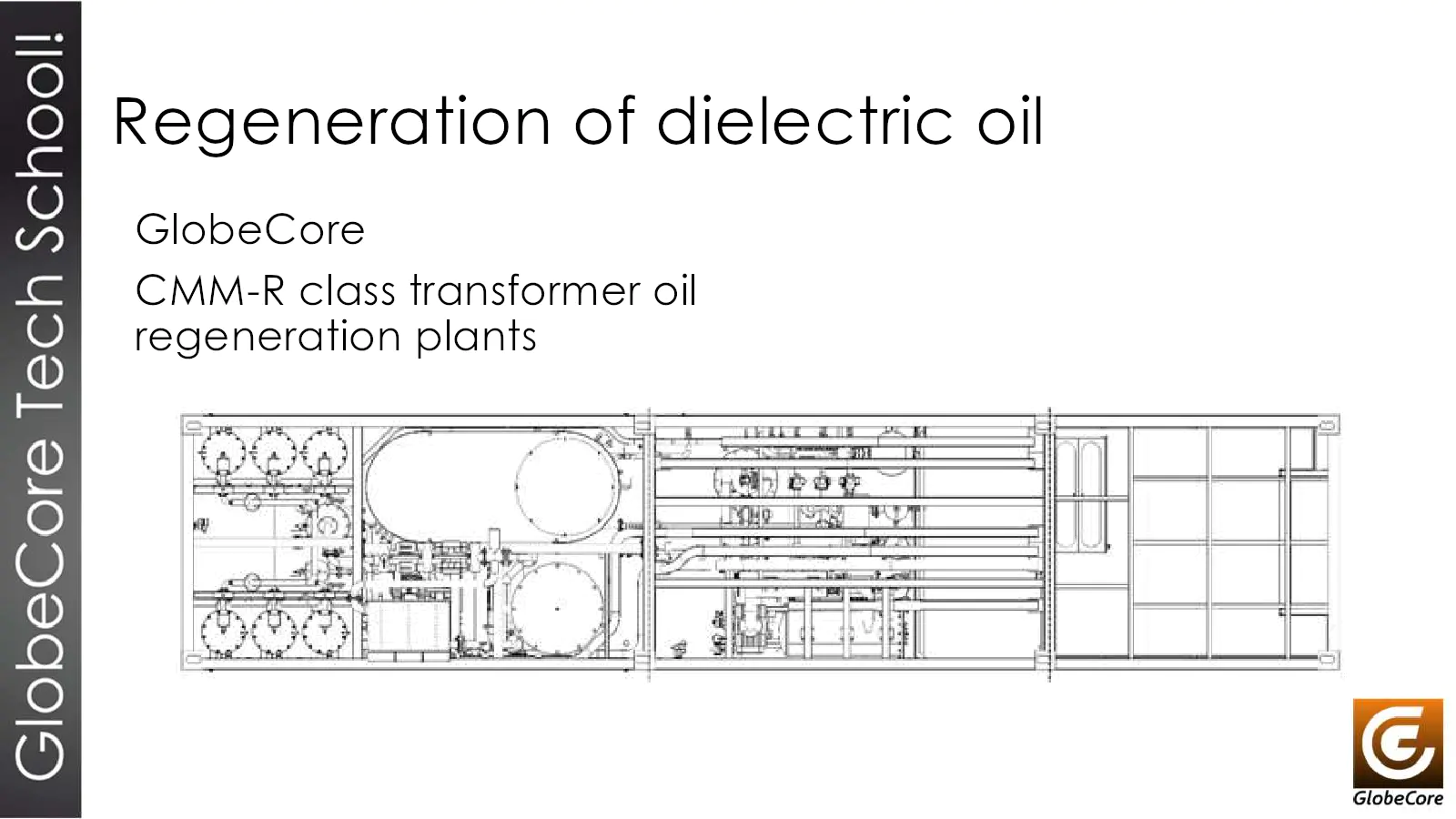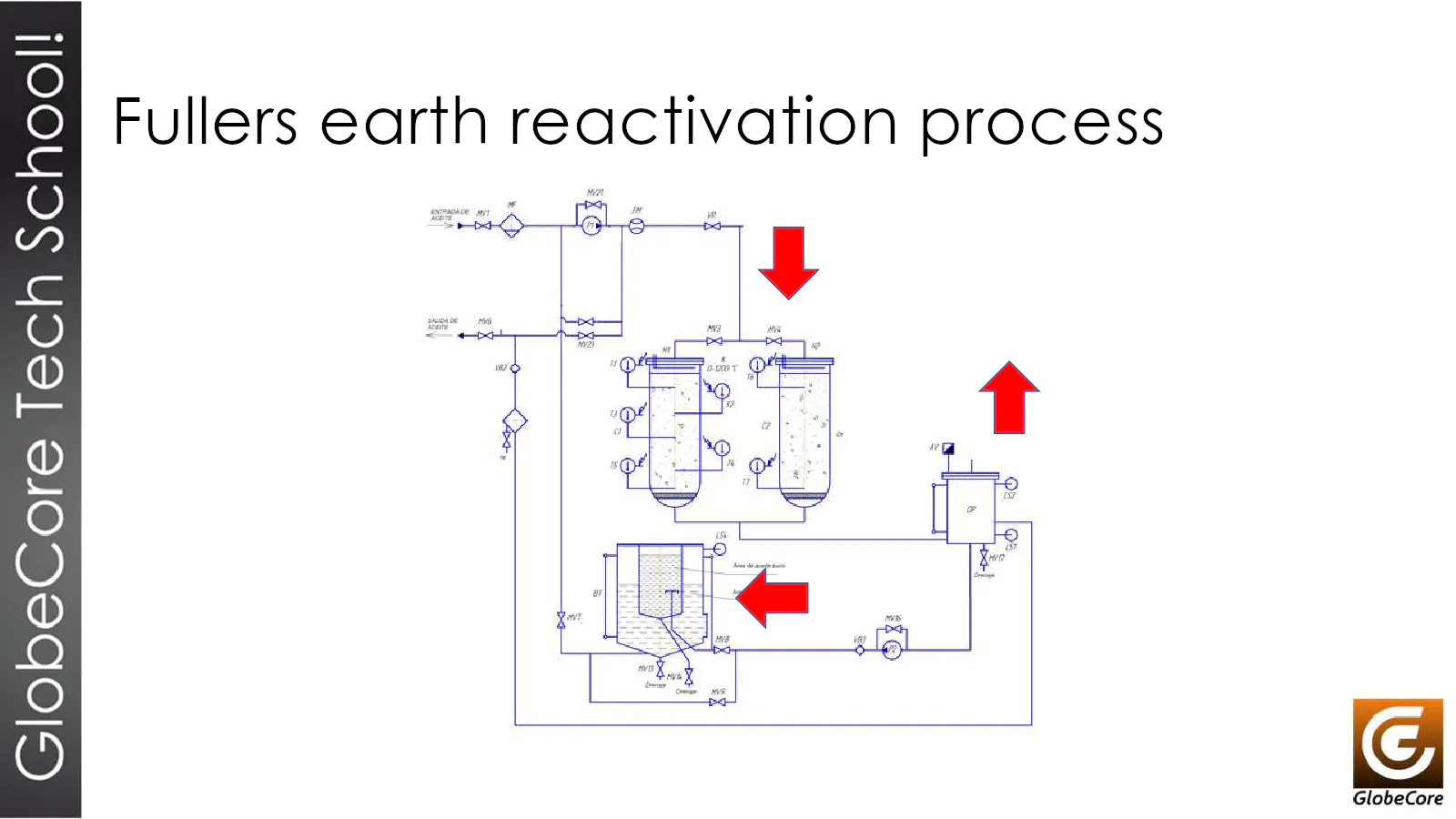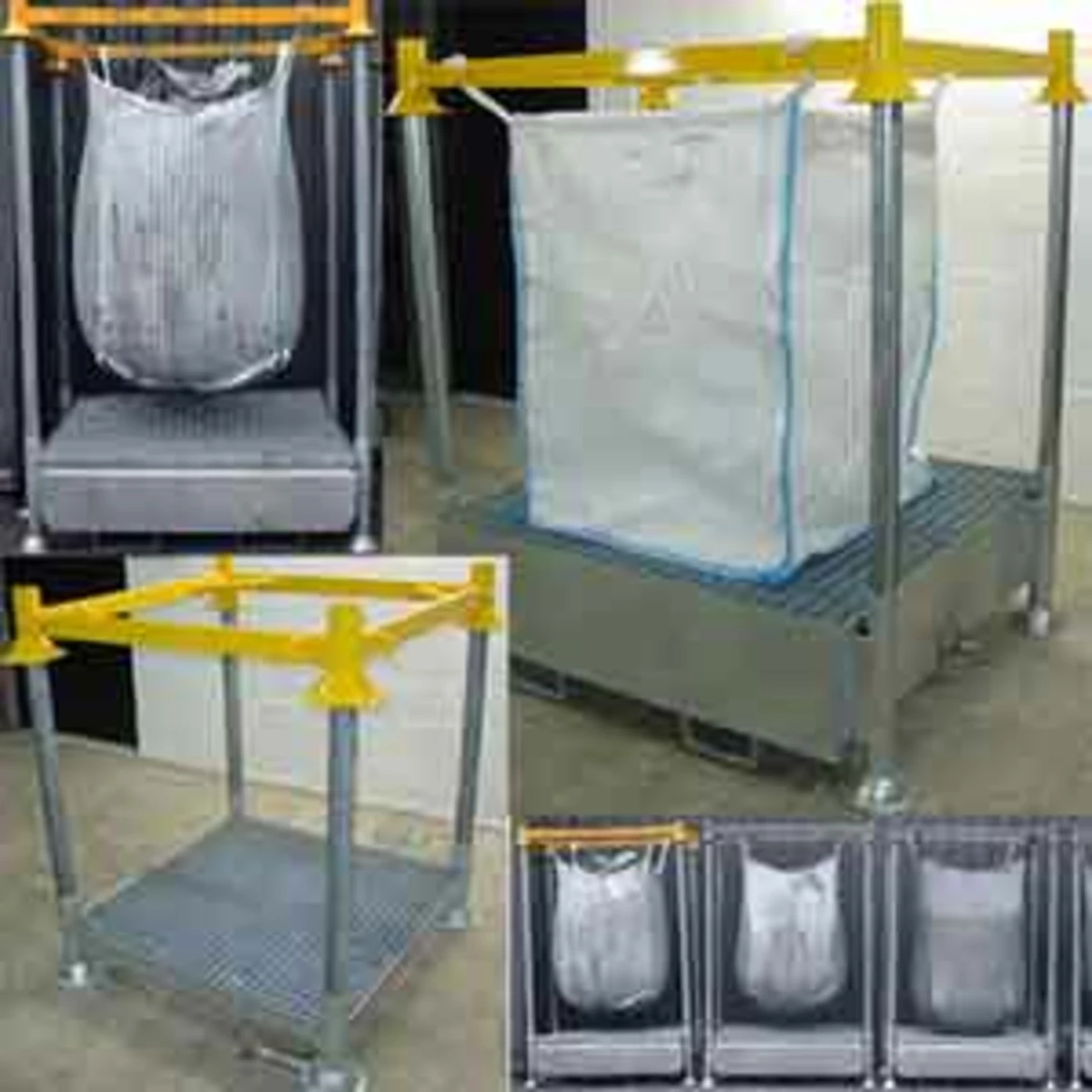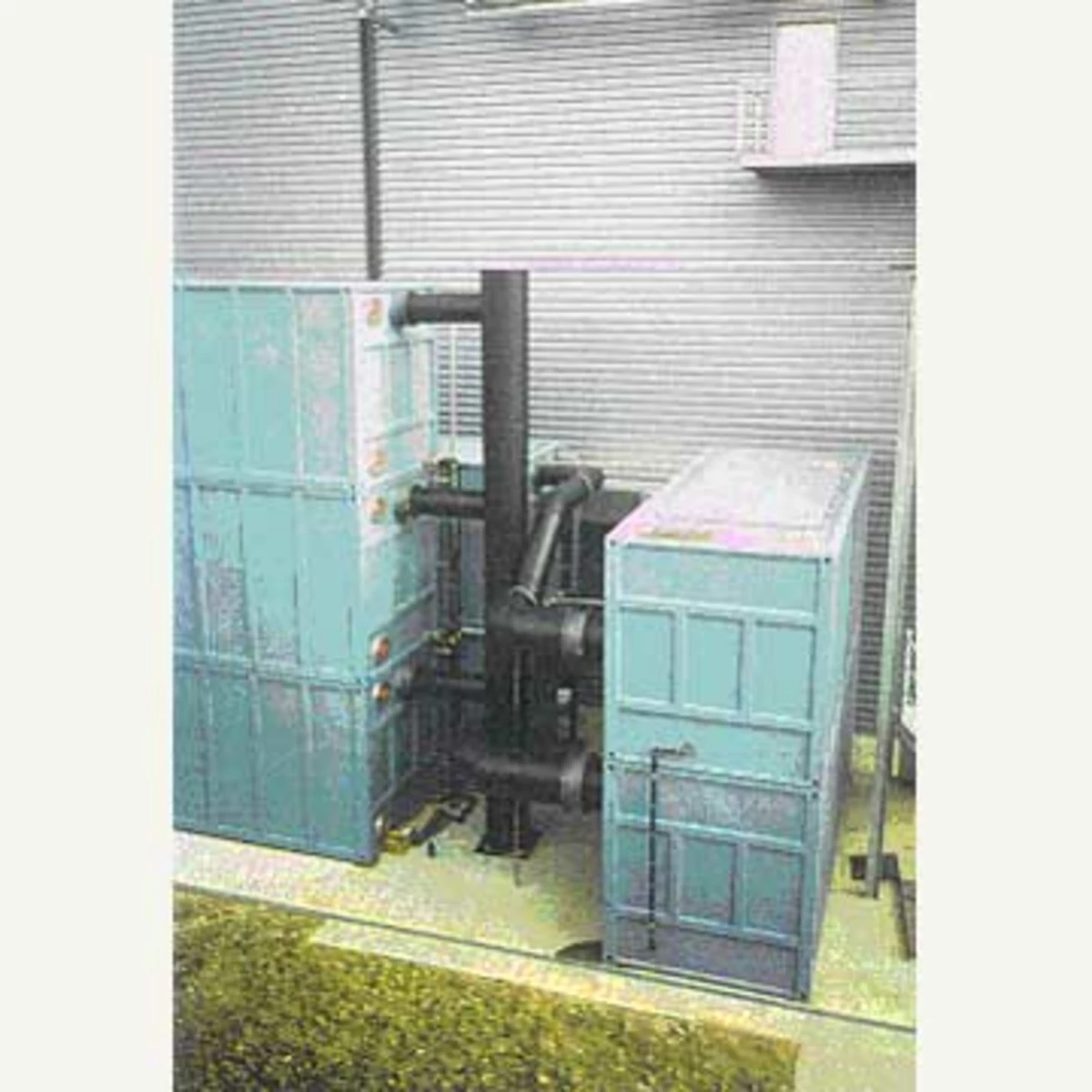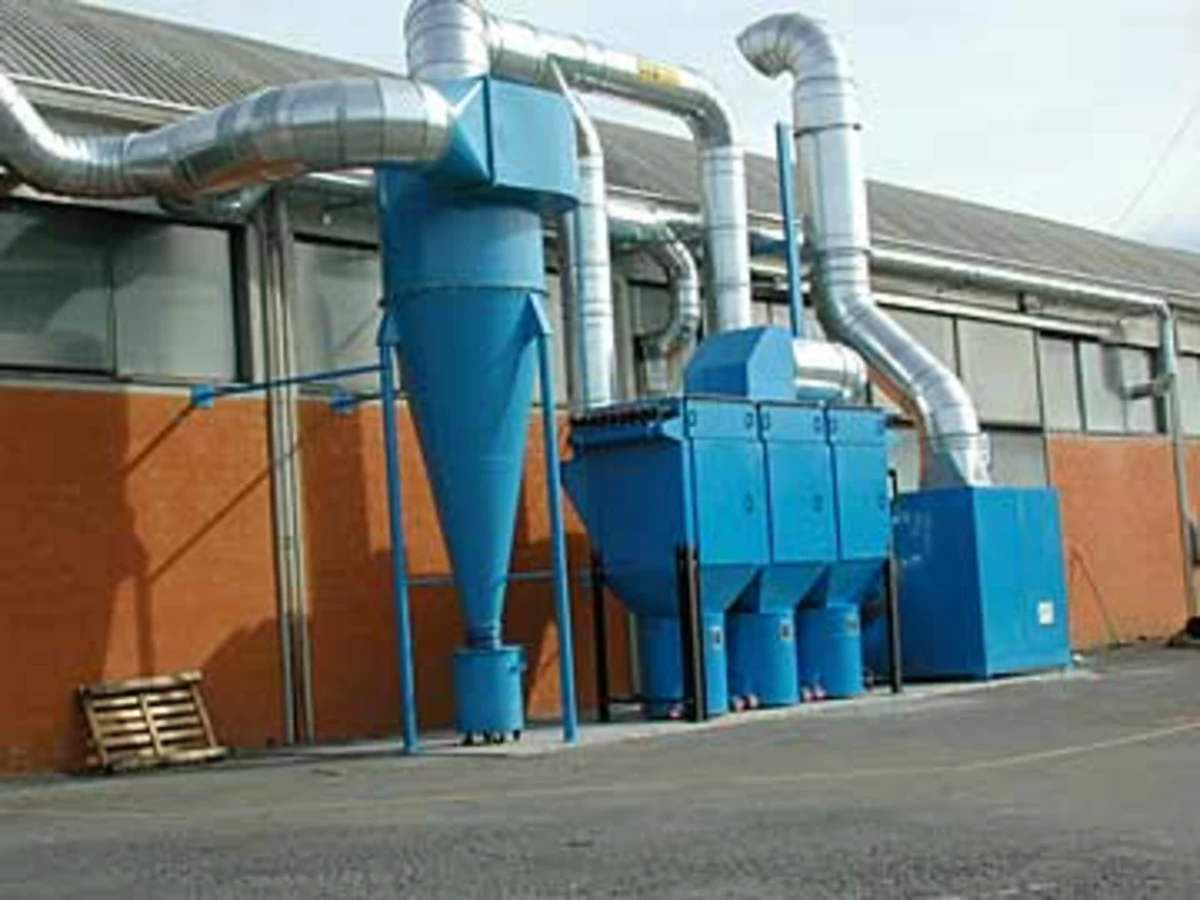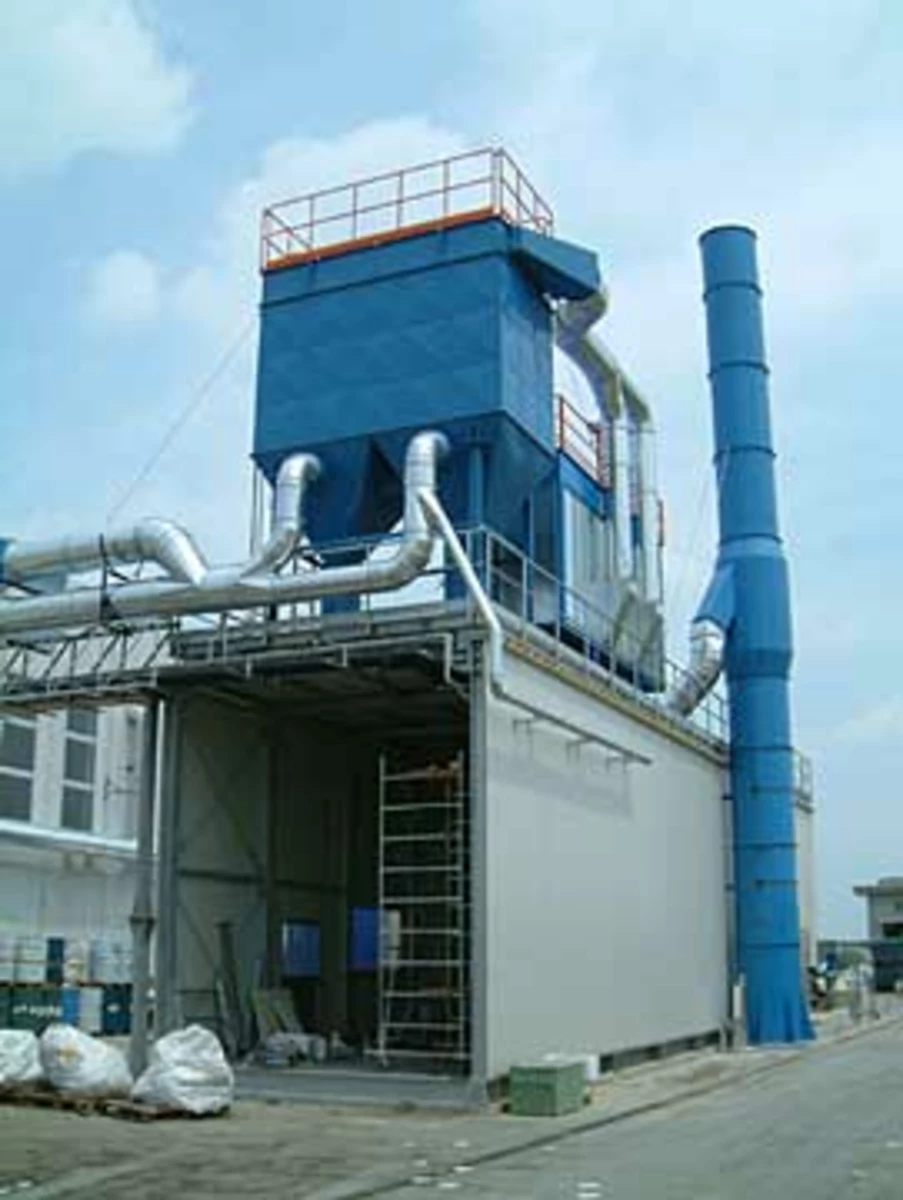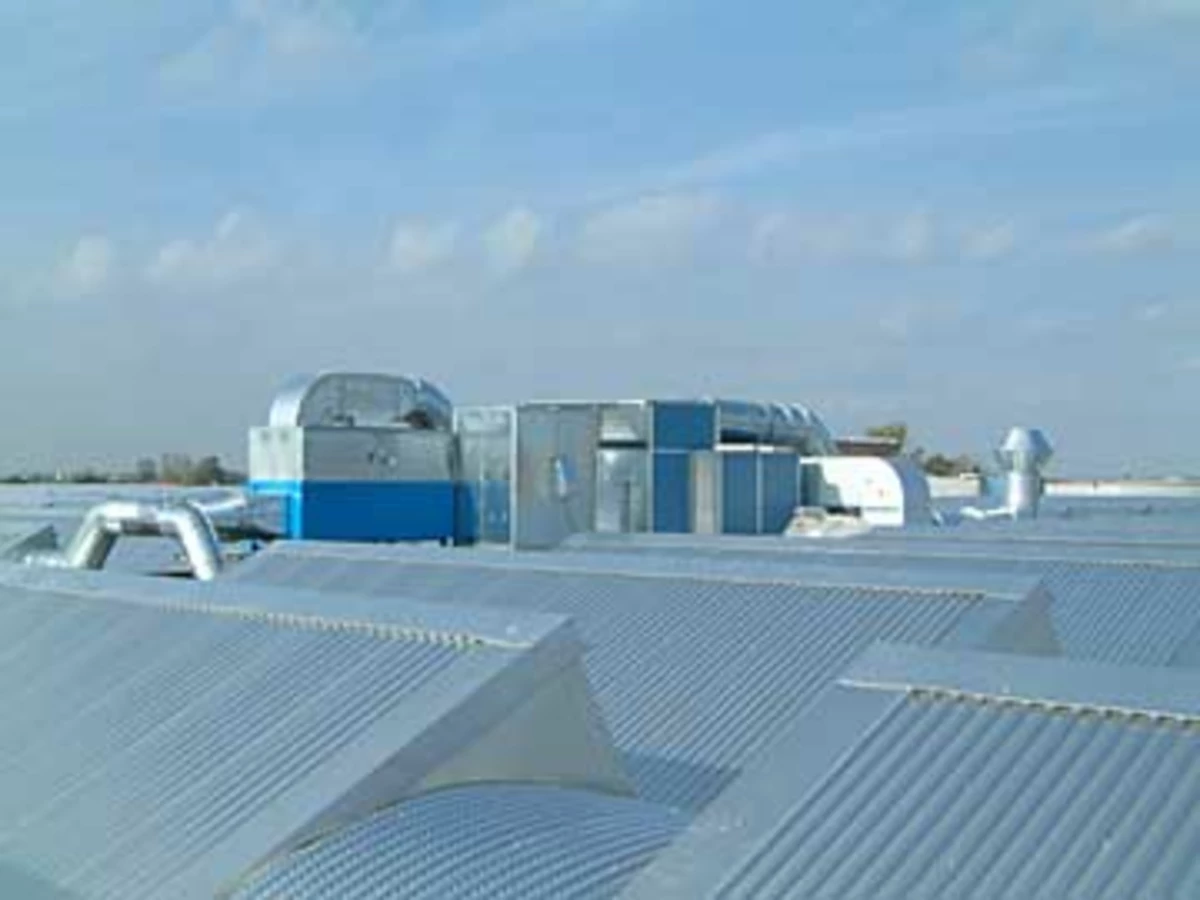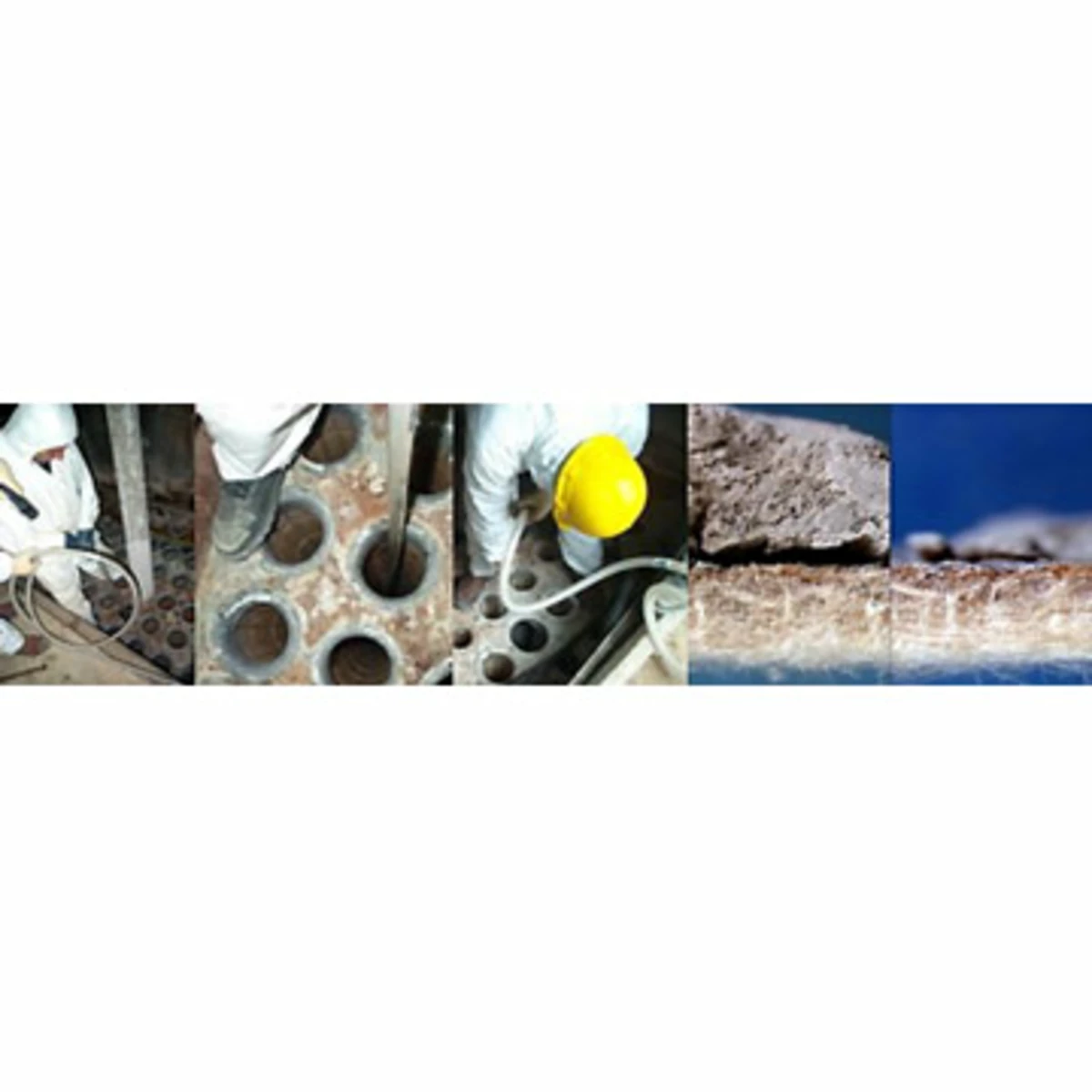Document
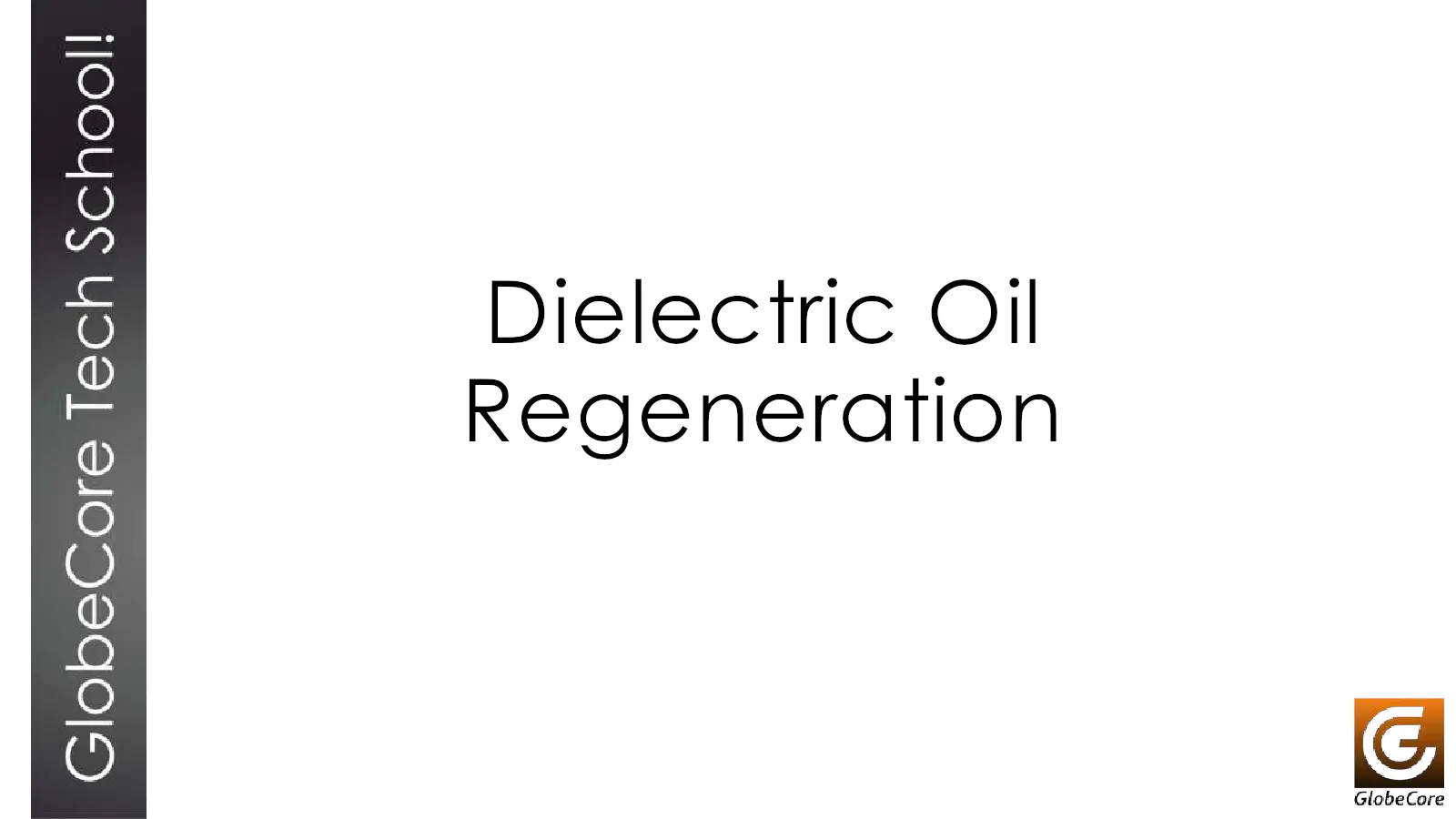
document sur la régénération de l'huile diélectrique par globecore
Documentation sur la régénération et la purification de l'huile de transformateur

Contenu du document
Les quatre fonctions de l'huile de transformateur
- L'huile fournit une résistance diélectrique et agit comme un moyen diélectrique et isolant.
- L'huile assure le transfert de chaleur, agissant comme un moyen de refroidissement.
- L'huile protège l'isolation solide en agissant comme une barrière entre le papier et les effets néfastes de l'oxygène et de l'humidité.
- L'huile peut être testée pour donner une indication des conditions à l'intérieur de l'équipement, agissant comme un outil de diagnostic pour évaluer l'isolation solide.
Purification de l'huile diélectrique
La purification de l'huile est une partie importante de l'entretien préventif régulier des transformateurs. Lors du processus de purification, l'eau et les contaminants tels que les particules solides et les gaz sont supprimés de l'huile de transformateur.
Unité mobile de dégazage UVM-6/7
- Respecte les normes internationales de qualité pour la purification de l'huile de transformateur.
- Élimination de l'eau jusqu'à 3 ppm.
- Élimination des gaz jusqu'à 0,1% en volume.
- Élimination de la saleté et des particules jusqu'à 0,2 micron.
- Installations fixes ou mobiles.
- Très efficace et simple à utiliser.
Régénération de l'huile diélectrique
- Réglementations internationales concernant le processus de régénération : IEC 60422-2013, IEEE C57.637-2015.
Importance de la régénération de l'huile
Régénération de l'huile
- Norme IEEE Std C57.106-2015 définit la régénération comme l'élimination des contaminants et des produits de décomposition, tels que les matériaux polaires, acides ou colloïdes, des fluides d'isolation électrique à l'aide de matériaux chimiques ou adsorbants. La régénération inclut généralement un traitement avec de l'argile ou d'autres adsorbants.
Méthodes de traitement de l'huile
Changer ou régénérer ?
Acidité de l'huile
- L'acidité de l'huile usagée est causée par la formation de produits d'oxydation.
- Les acides et autres produits d'oxydation, ainsi que l'eau et d'autres impuretés, influencent les propriétés diélectriques de l'huile.
- Les acides ont un impact sur la dégradation de la cellulose et peuvent provoquer la corrosion des pièces métalliques des transformateurs.
Comment l'huile de transformateur s'oxyde-t-elle ?
- La chaîne moléculaire de l'huile est dégradée par le stress thermique et électrique, la décomposition de la cellulose, et les réactions chimiques dues aux impuretés.
Oxydation de l'huile
- Des expériences montrent que l'oxydation est favorisée par la présence d'eau et de métaux comme le fer et le cuivre. Le test s'est arrêté lorsque le premier signe de boue est apparu.
Tension interfaciale ASTM 971
- La tension interfaciale entre l'huile et l'eau est un moyen de détecter les impuretés polaires solubles et les produits de décomposition.
- Présence d'impuretés polaires a un effet direct sur la tension interfaciale.
Inhibiteurs d'oxydation
- Les types d'inhibiteurs les plus courants utilisés dans les huiles de transformateur sont de type phénol : 2,6-di-tret-butylparacrésol (DBPC) et 2,6-di-tret-butyl phénol (DBP). L'efficacité de l'inhibiteur dépend de la composition chimique de l'huile de base.
Contenu de l'inhibiteur
- La quantité d'inhibiteur est recommandée en pourcentage du total du fluide d'isolation. Un niveau acceptable est supérieur à 0,2%, problématique entre 0,1% et 0,2%, et inacceptable en dessous de 0,1%.
Problèmes causés par le manque d'inhibiteur
Paramètres de l'huile régénérée
La régénération de l'huile influence trois paramètres : physique (viscosité, couleur, tension interfaciale), électrique (force diélectrique, facteur de puissance), et chimique (nombre de neutralisation, résistance à l'oxydation).
La terre de Fuller
- La terre de Fuller est un milieu actif contenant des centres polaires internes et externes qui permettent aux composants non polaires de l'huile de passer, tout en capturant les contaminants polaires et les produits de décomposition.
Types de terres de Fuller
- Argile LVM : Activation à haute température, haute absorption d'eau, haute absorption d'acide, faible efficacité de blanchiment.
- Argile RVM : Activation à basse température, capacité d'absorption plus faible, meilleure capacité de blanchiment, absorption d'acide plus élevée.
Comment réduire rapidement l'acidité ?
- La quantité d'acide retirée dépend de nombreux facteurs, notamment la température, le débit, la viscosité de l'huile, le temps de rétention et l'acidité initiale.
Combien d'huile peut être régénérée avec la terre de Fuller ?
- Exemple de capacité de régénération avec les machines GlobeCore FEES : avec un nombre de neutralisation initial de 0,8 mg/KoH et final de 0,05 mg/KoH, deux colonnes contenant 130 kg chacune de terre de Fuller peuvent traiter 337,18 gallons (1276,36 litres) d'huile.
- Équipement de processus de régénération : avec réactivation de la terre de Fuller, nombre de régénérations possibles de 300 unités, capacité de traitement de 50.576,64 gallons (191.453,40 litres).
Types de régénération
- Méthode de contact
- Percolation
Régénération de l'huile diélectrique par GlobeCore
- Plantes de régénération d'huile de transformateur de classe CMM-R
Processus de régénération de l'huile
Processus de réactivation de la terre de Fuller
Merci.
Entreprises concernées :
Produits concernés :
Date d'upload du document :
mardi 16 février 2021
